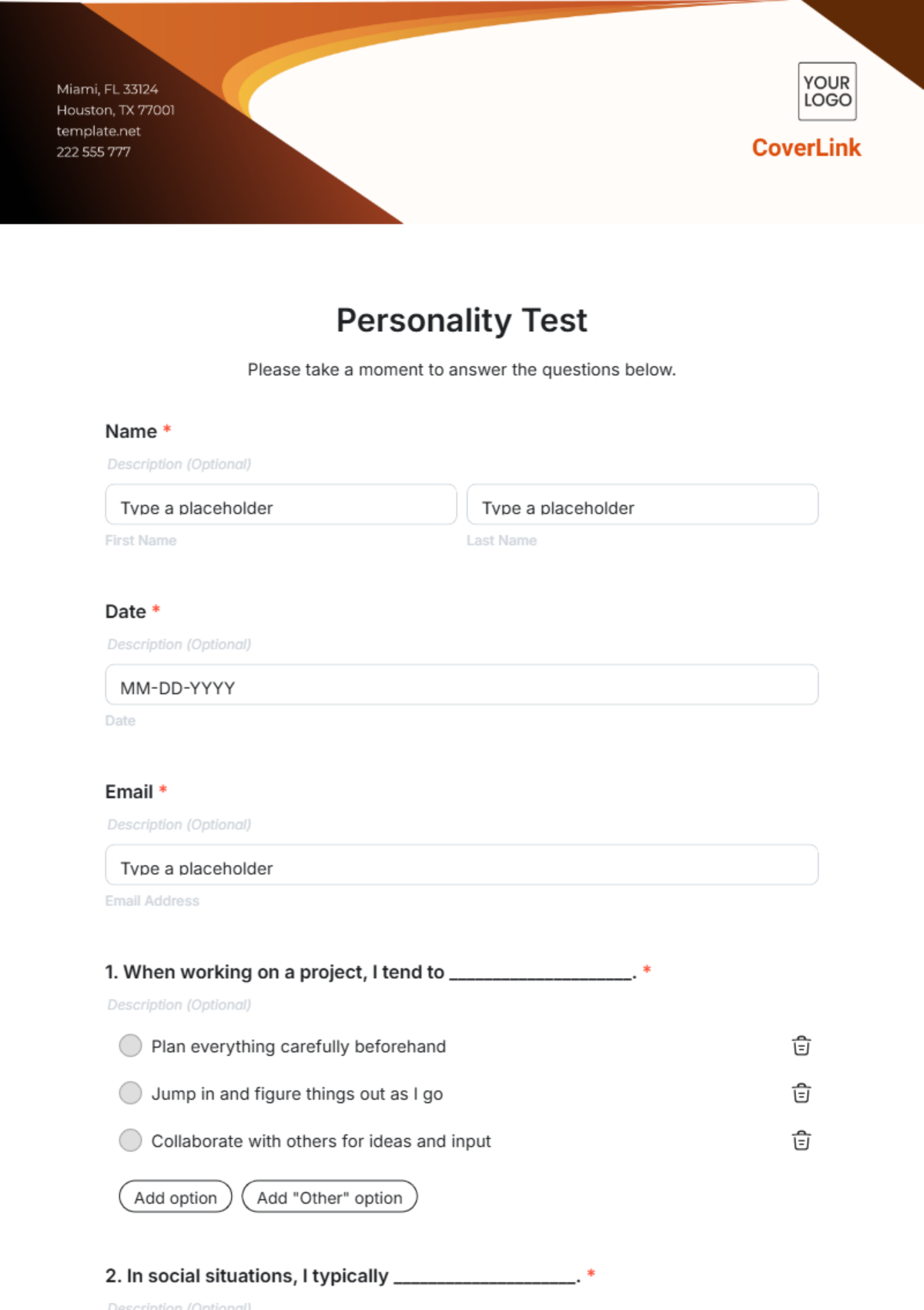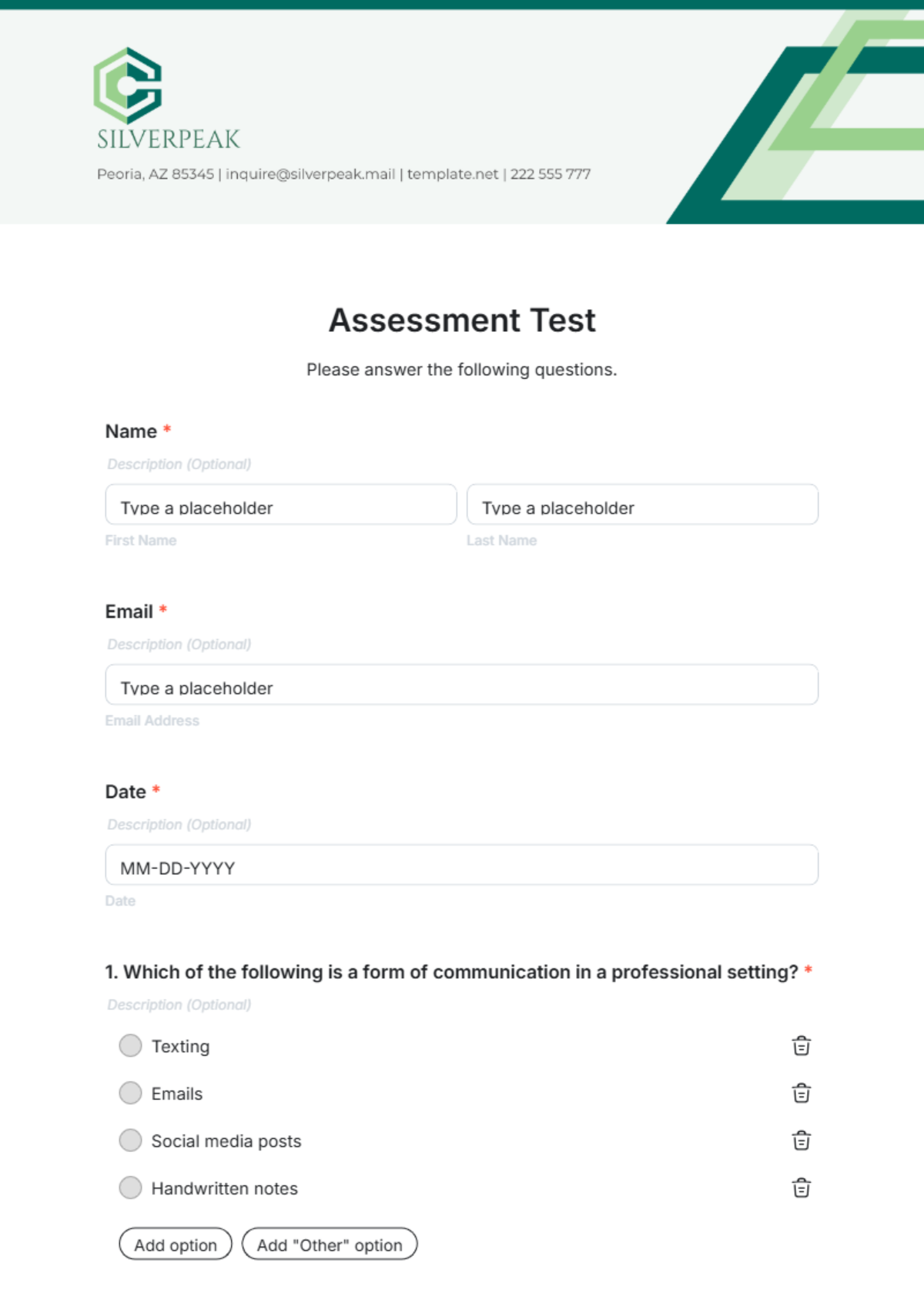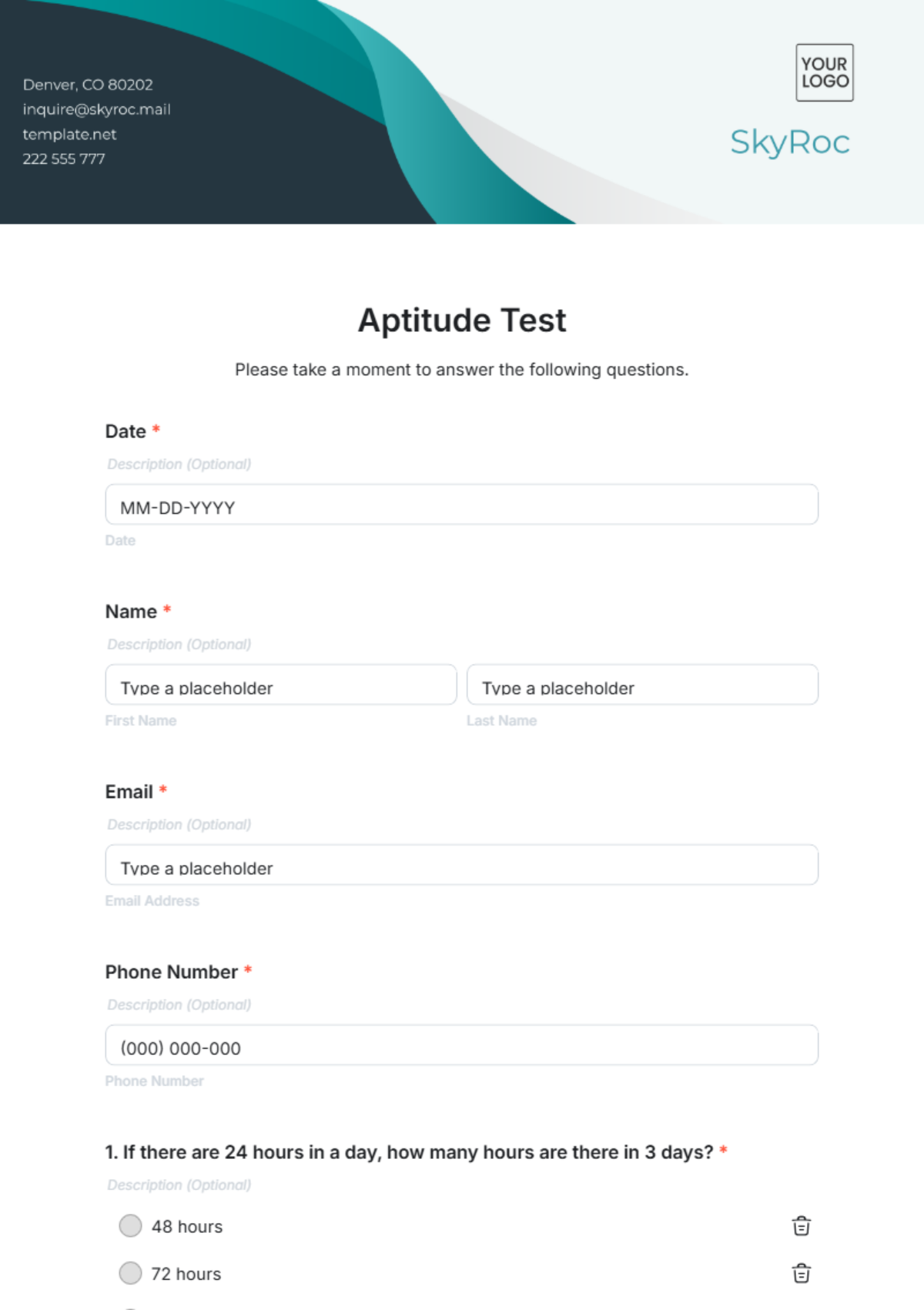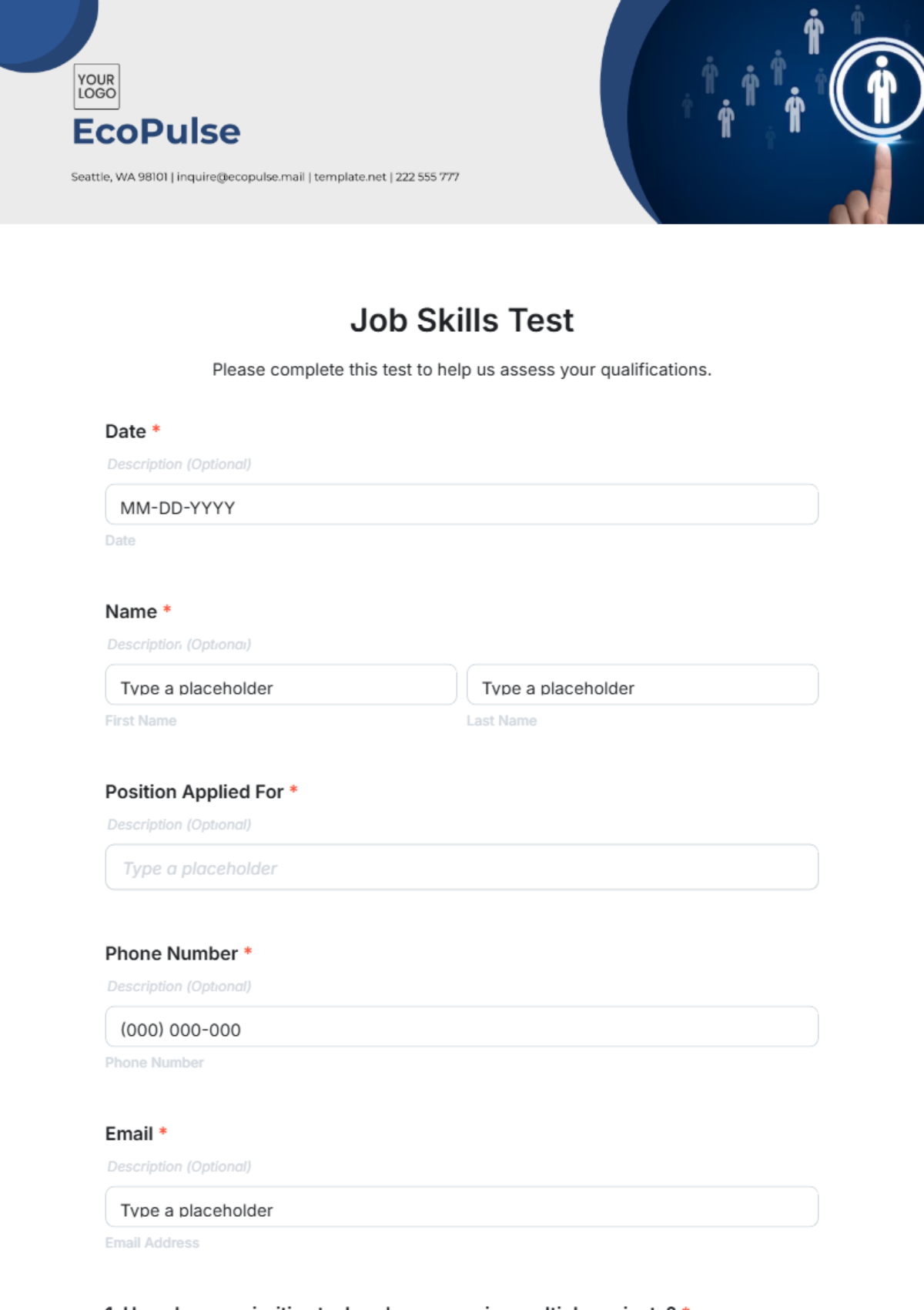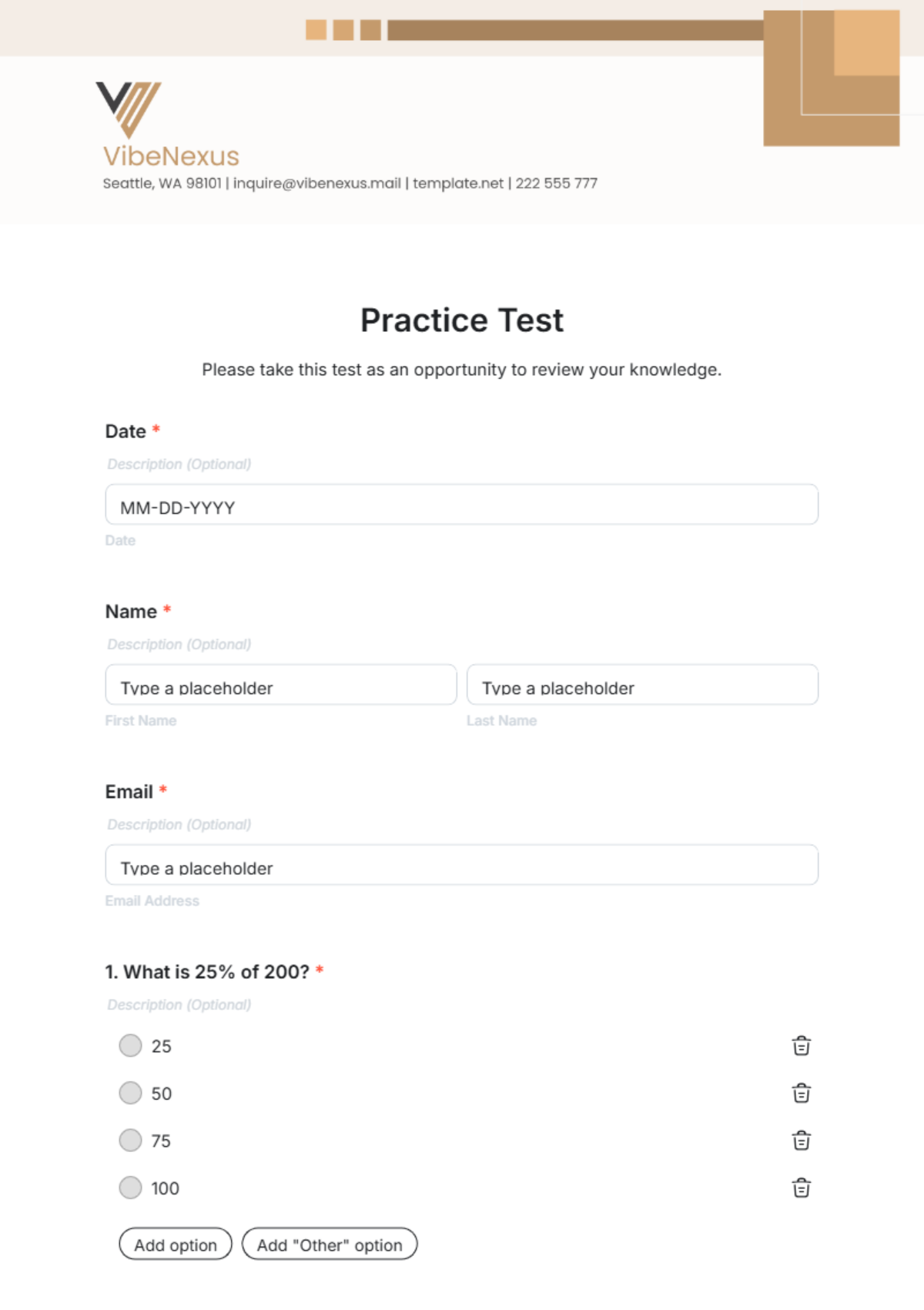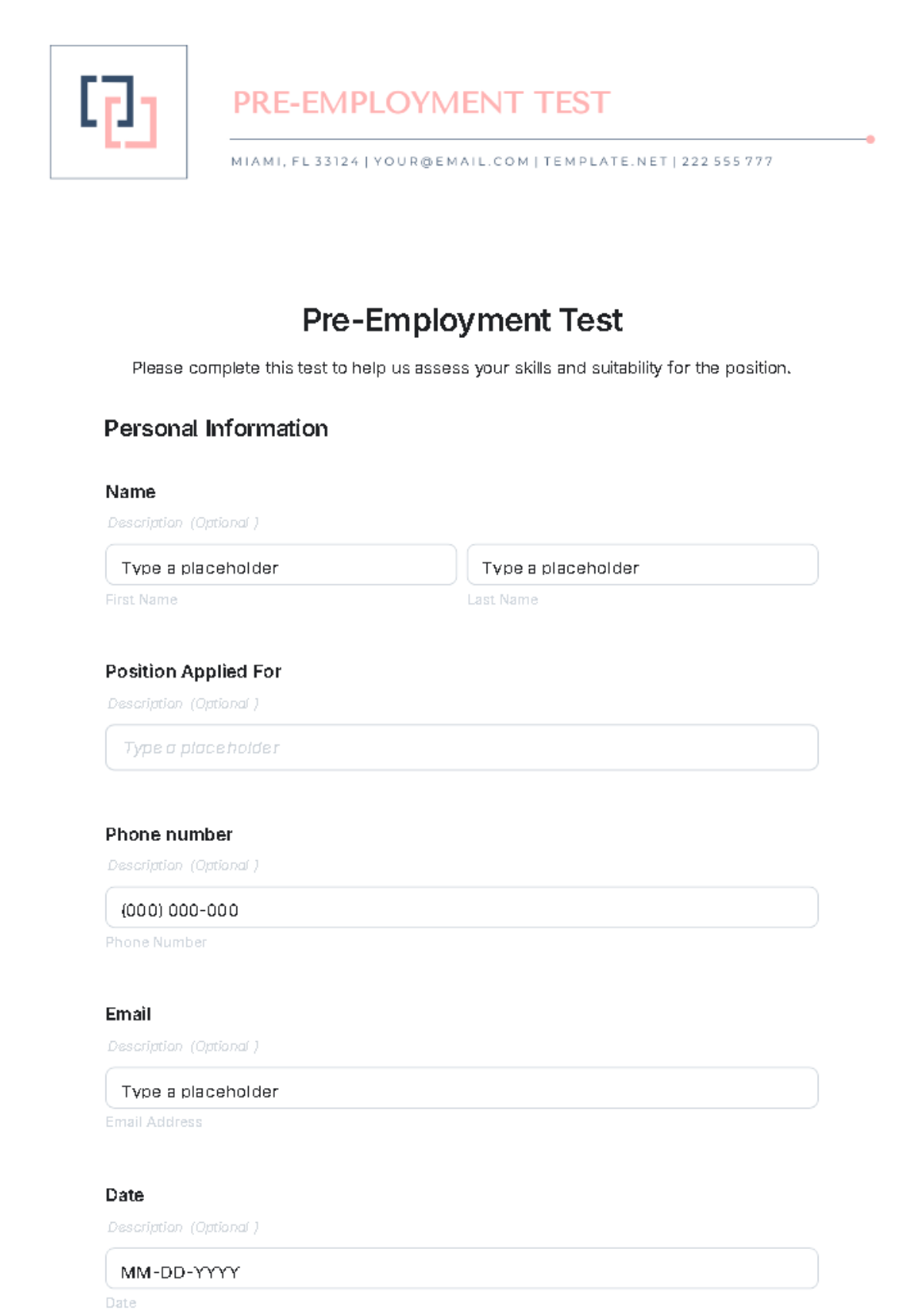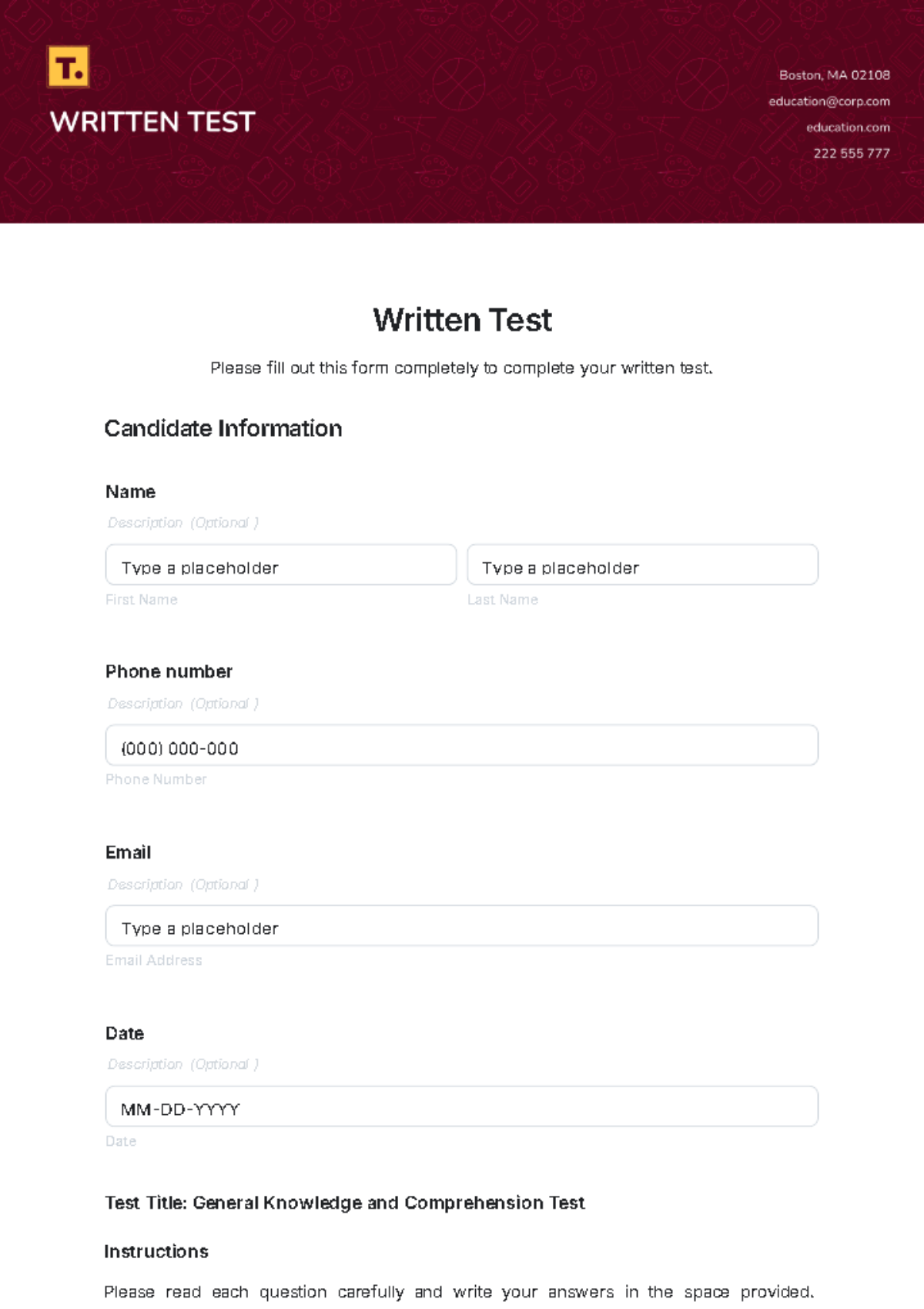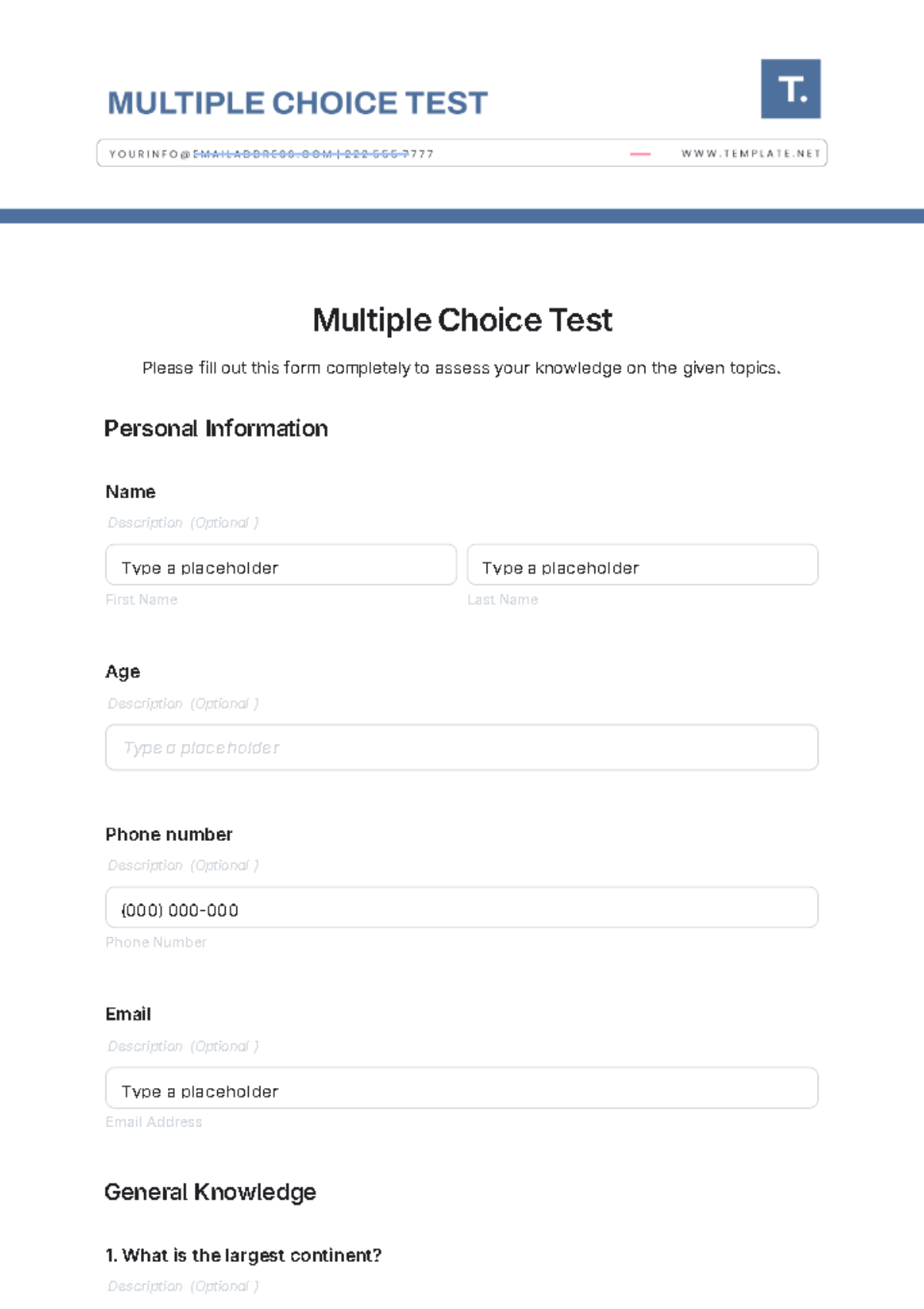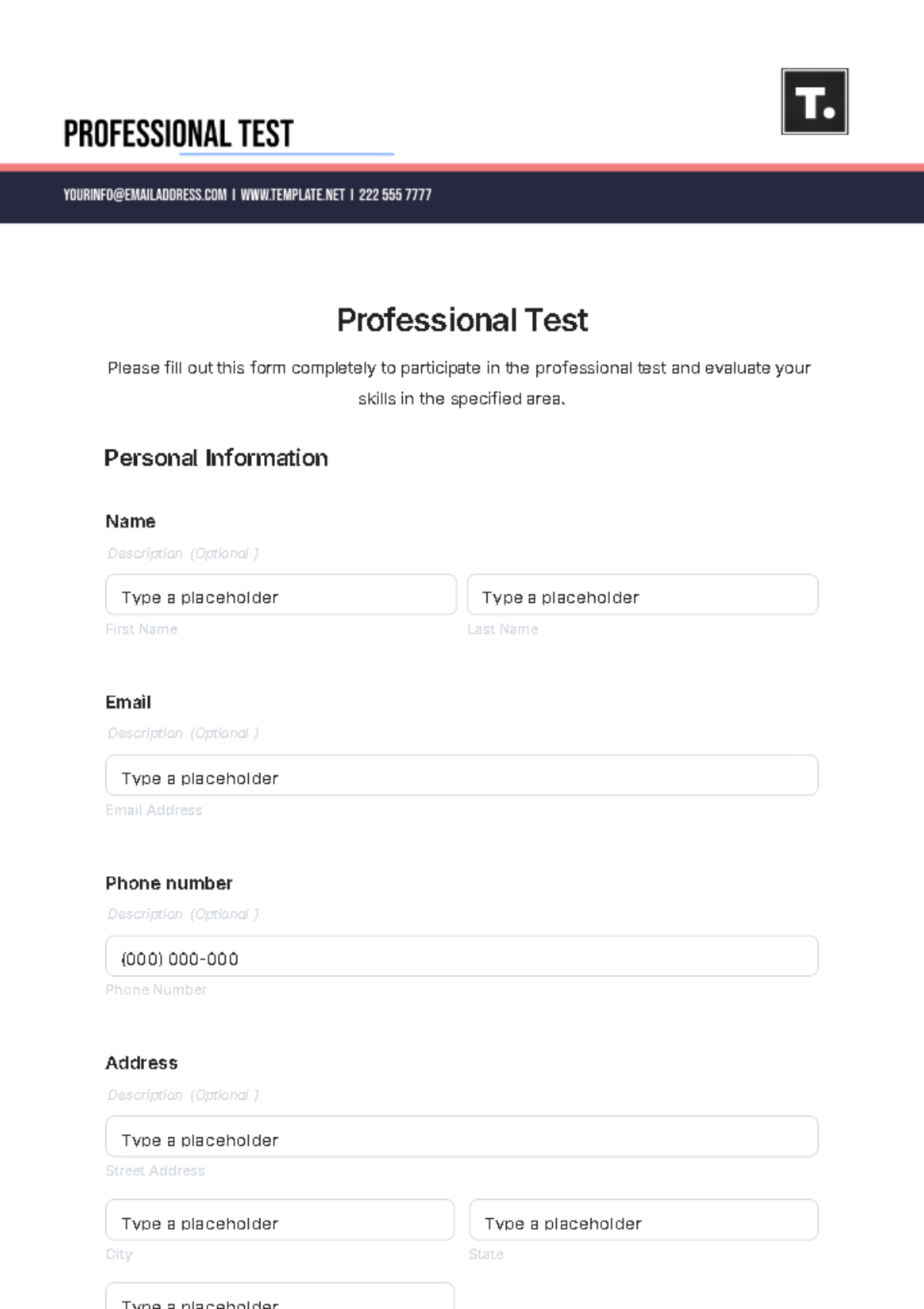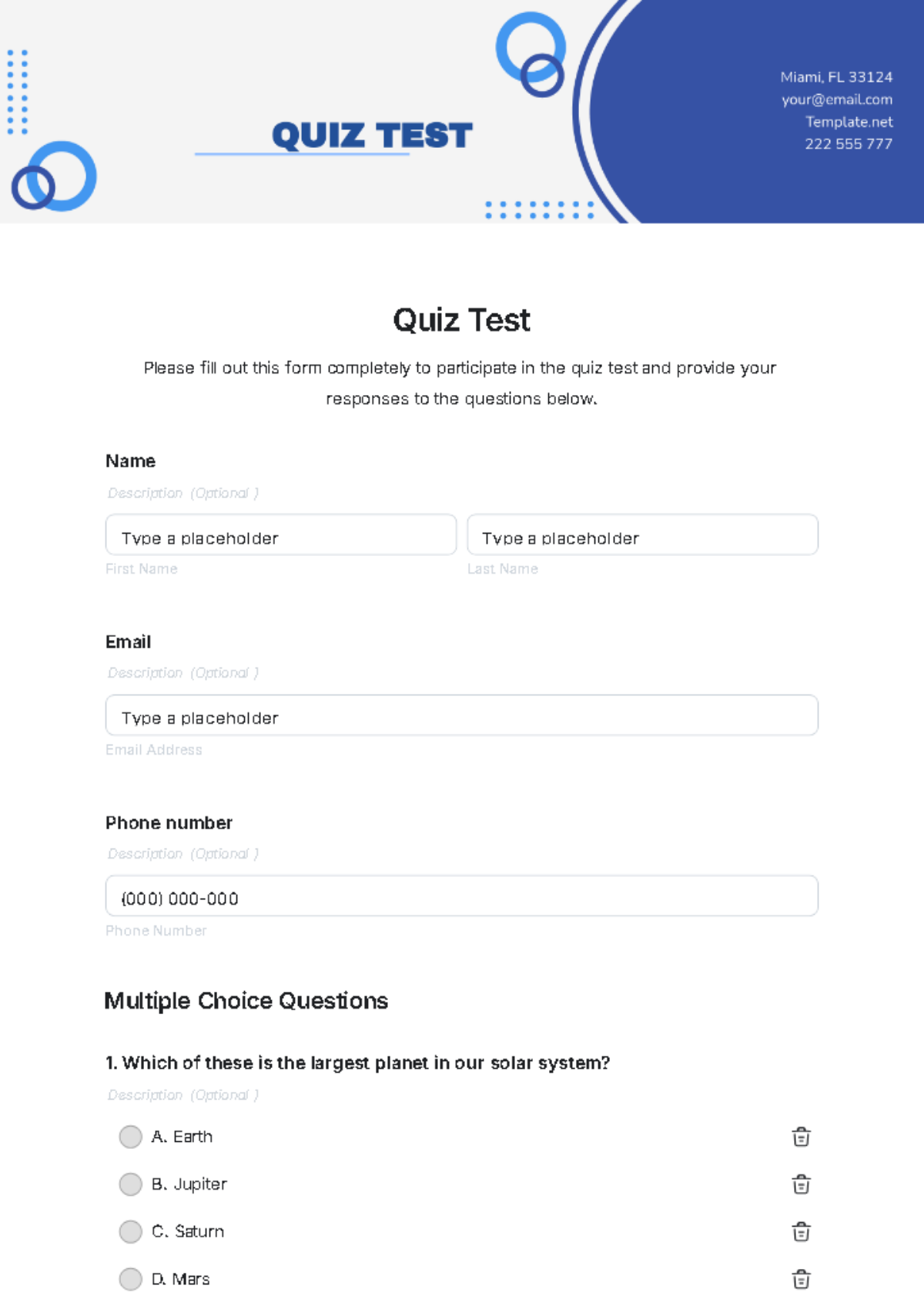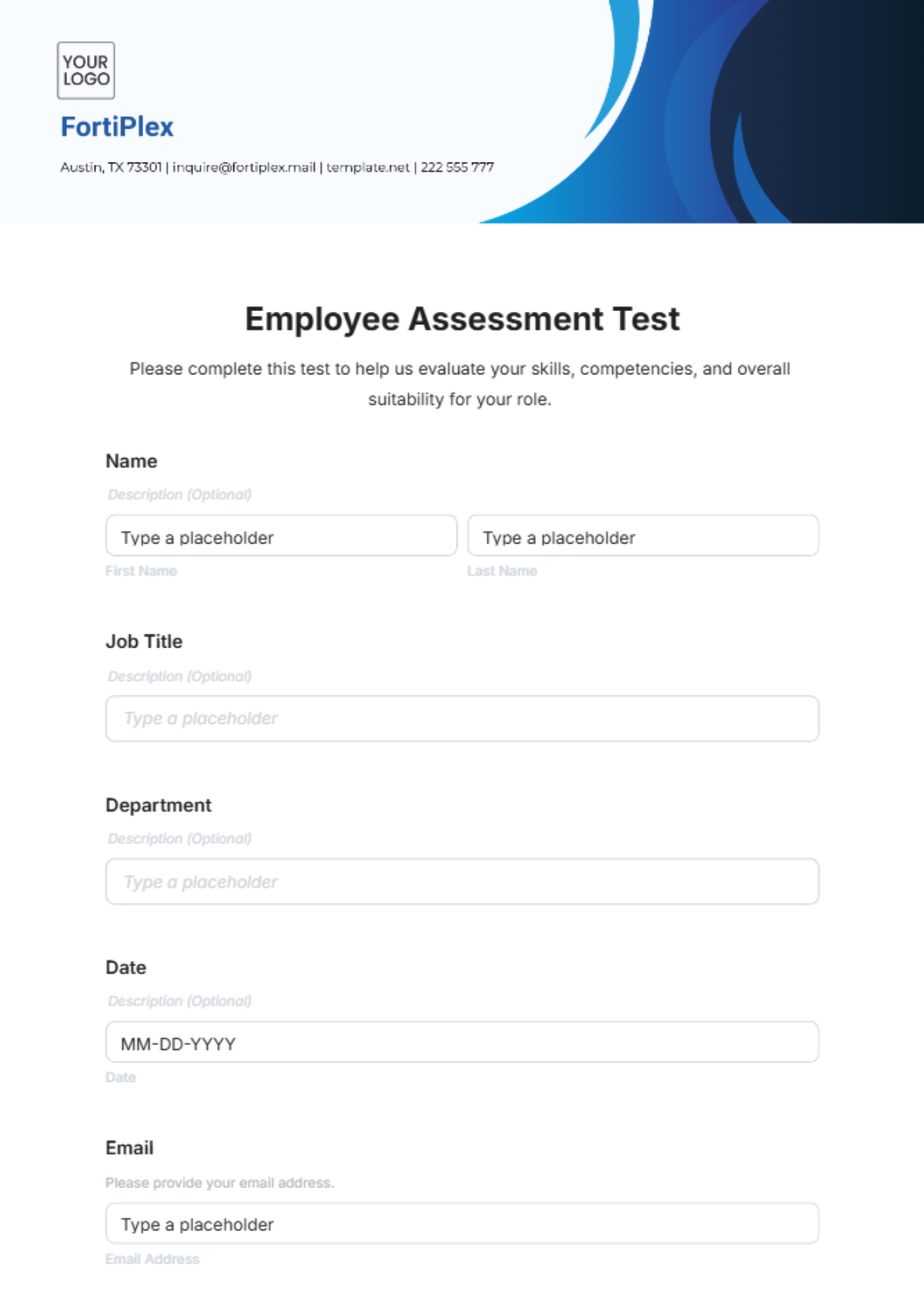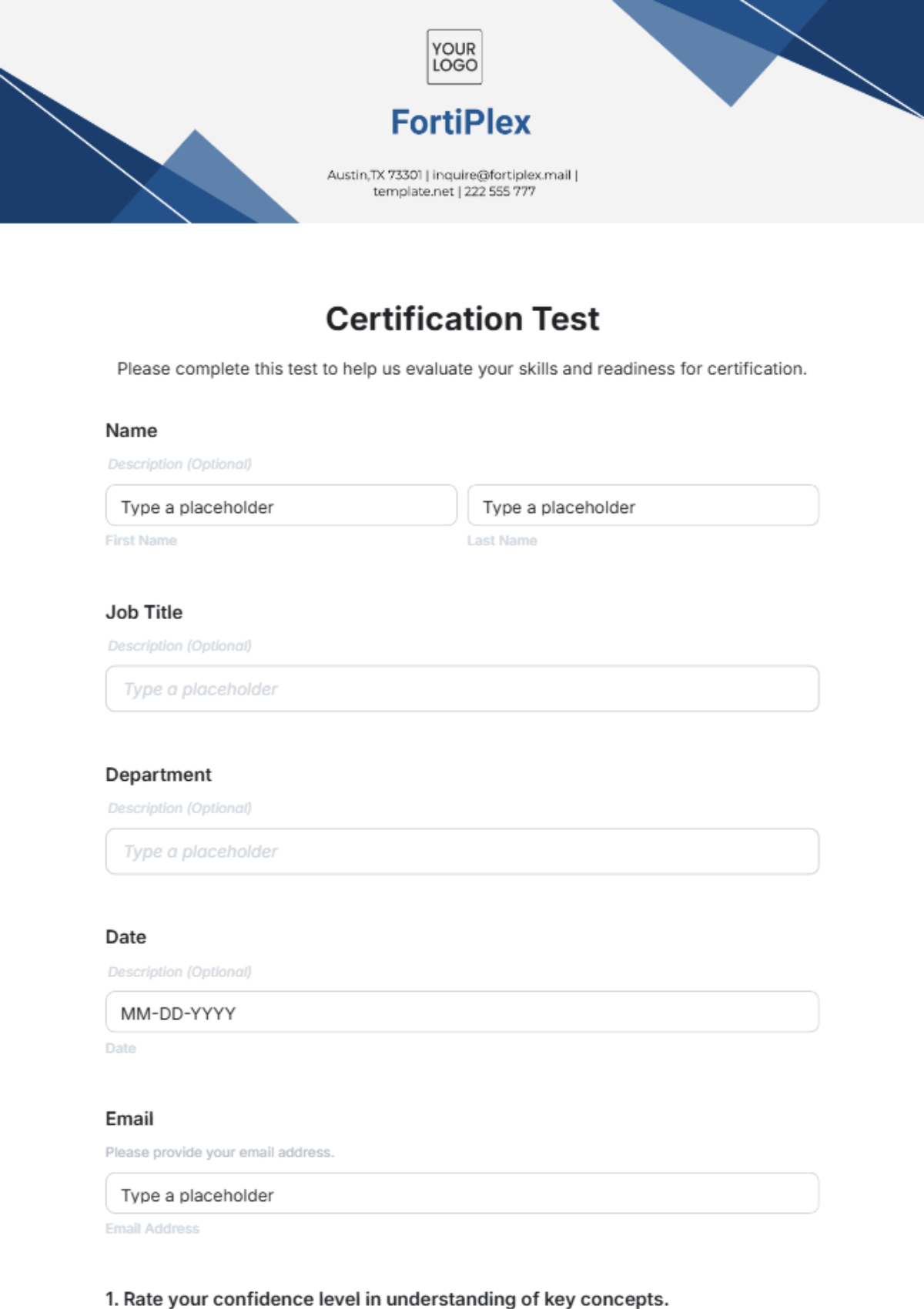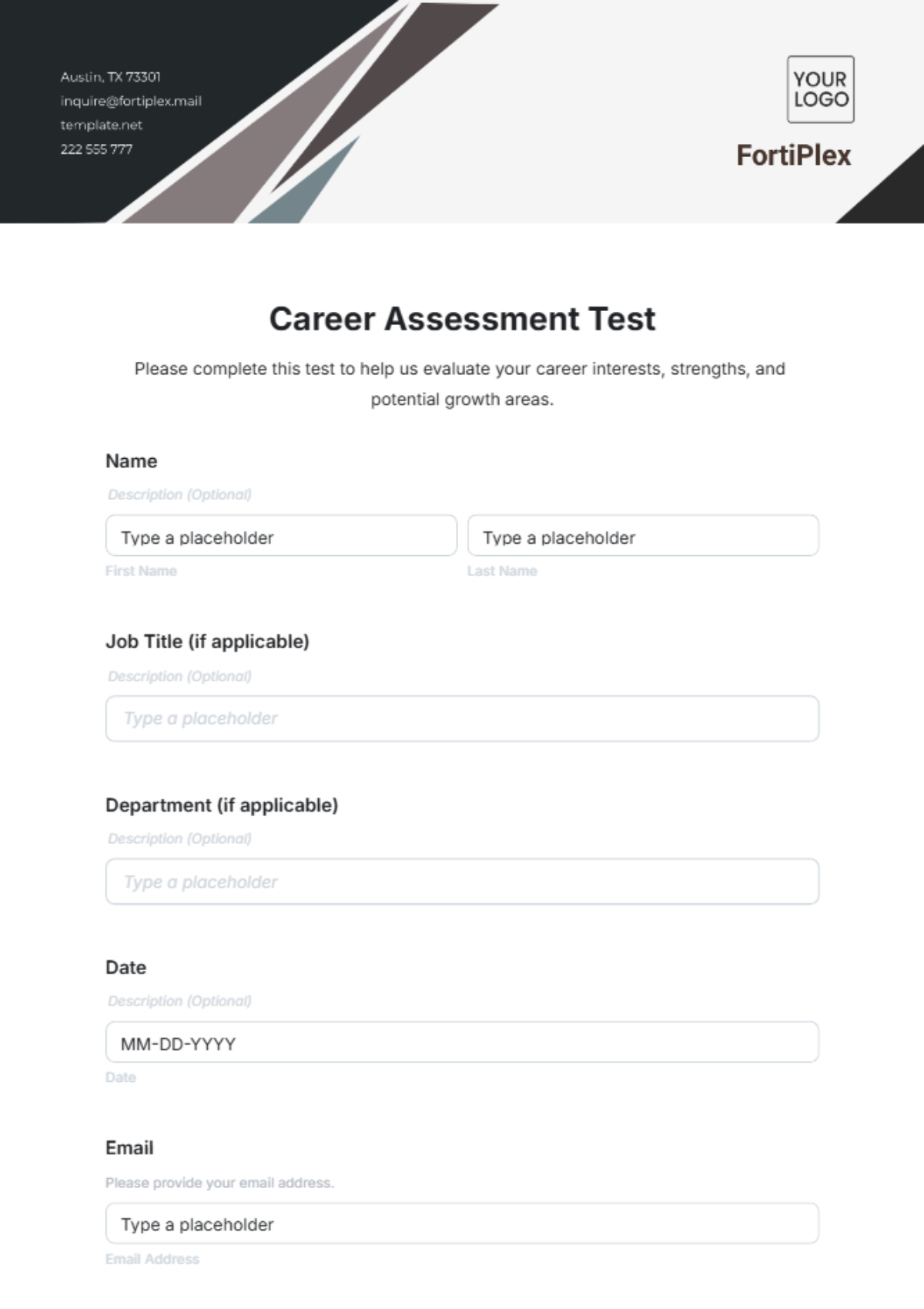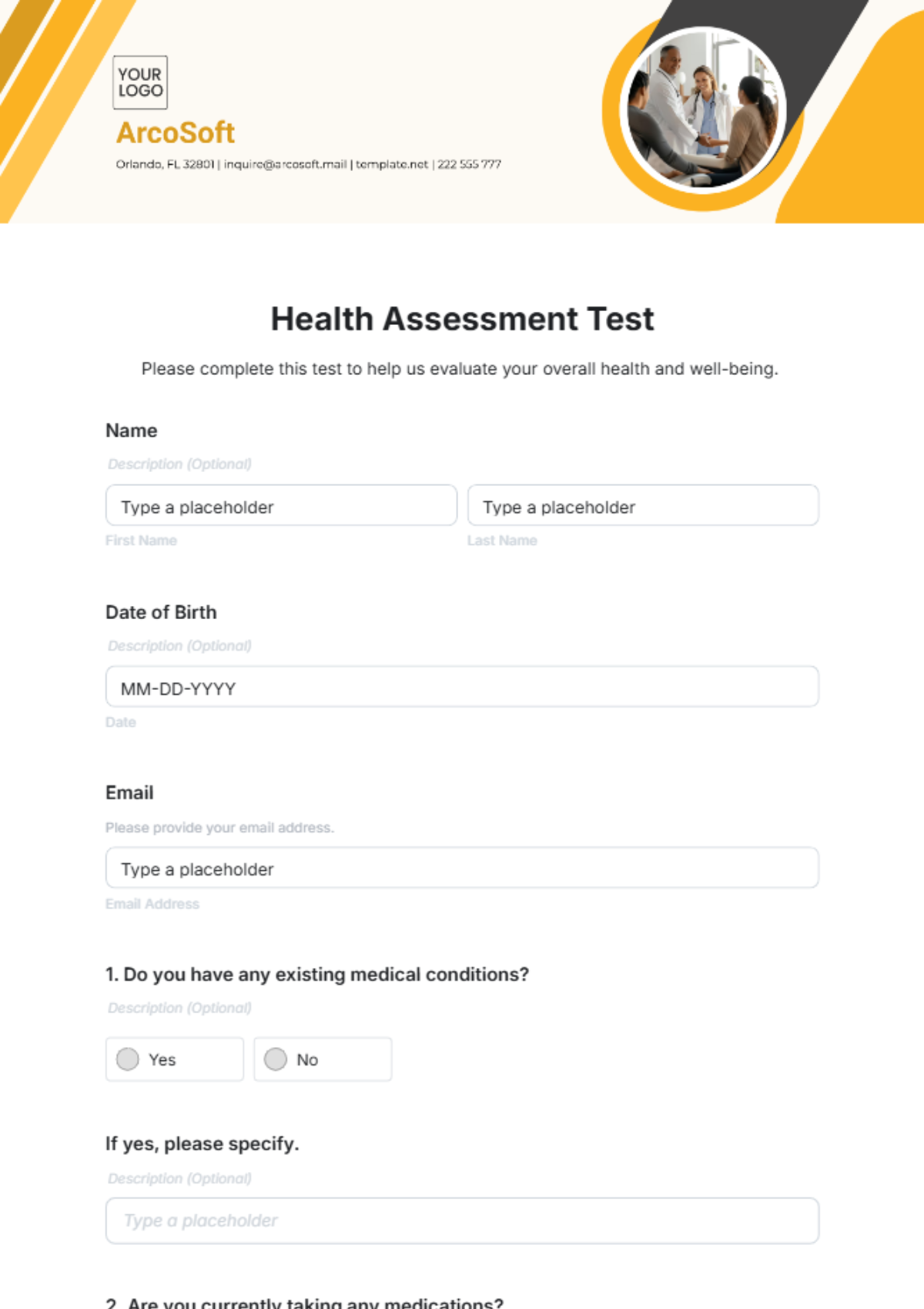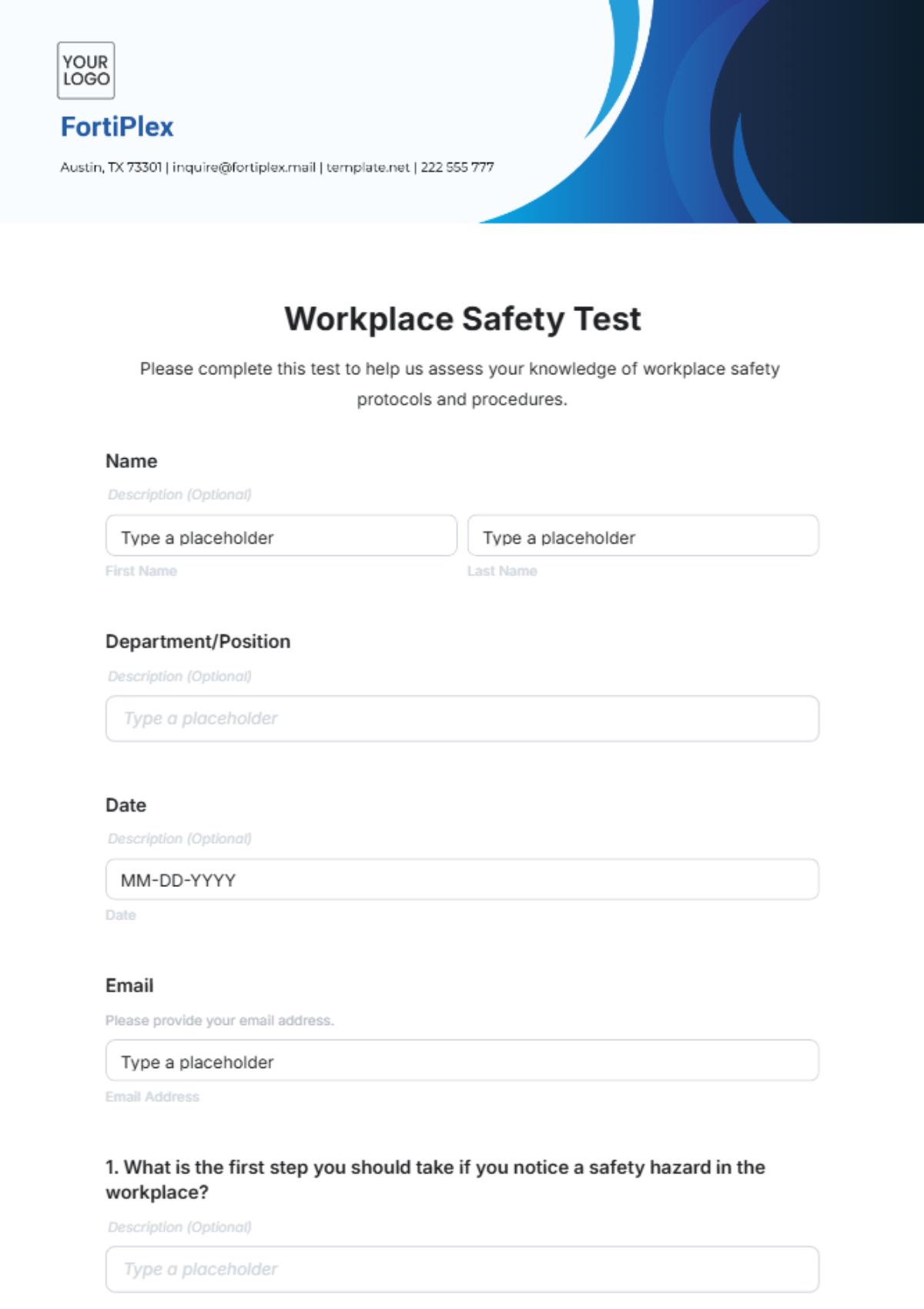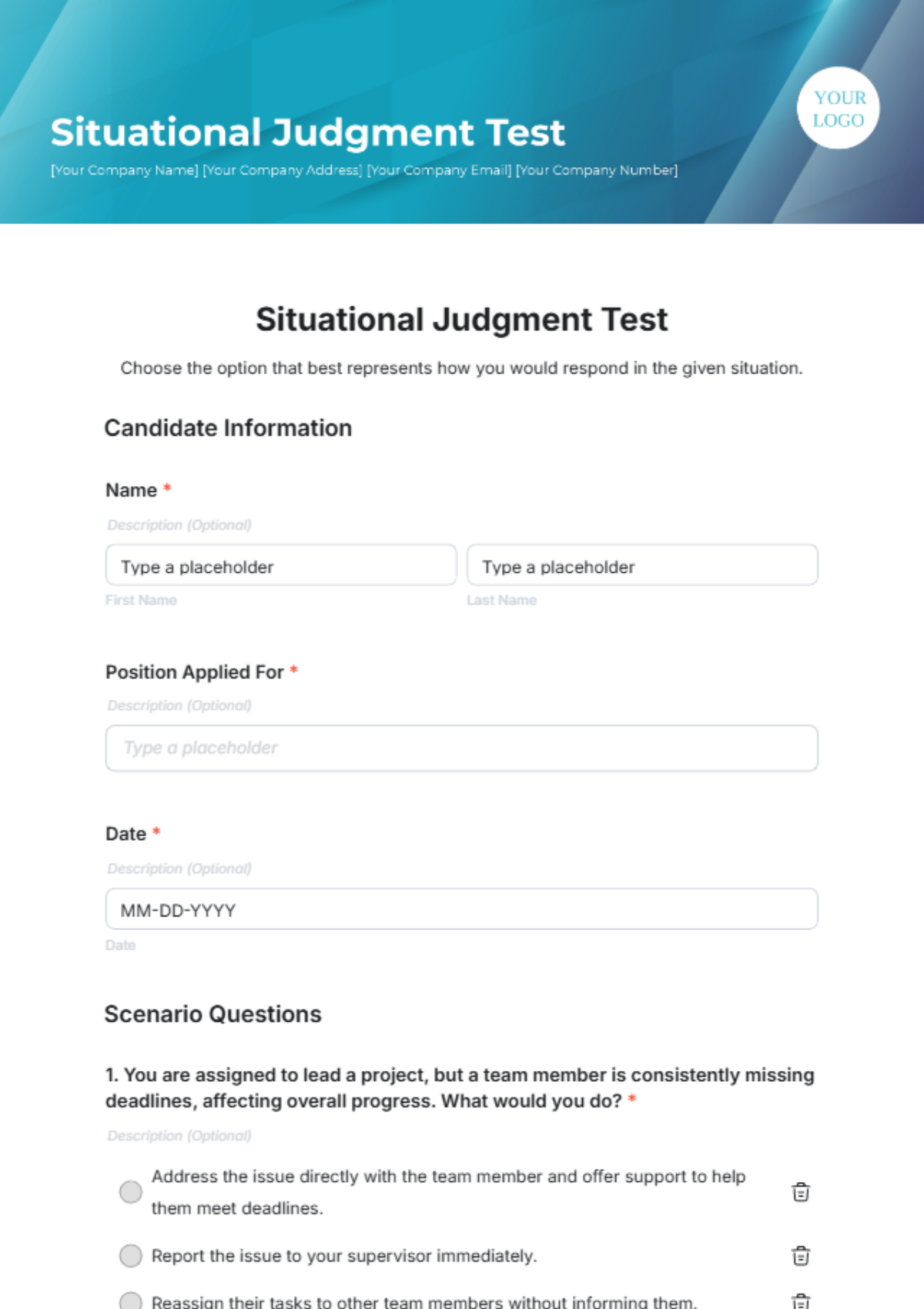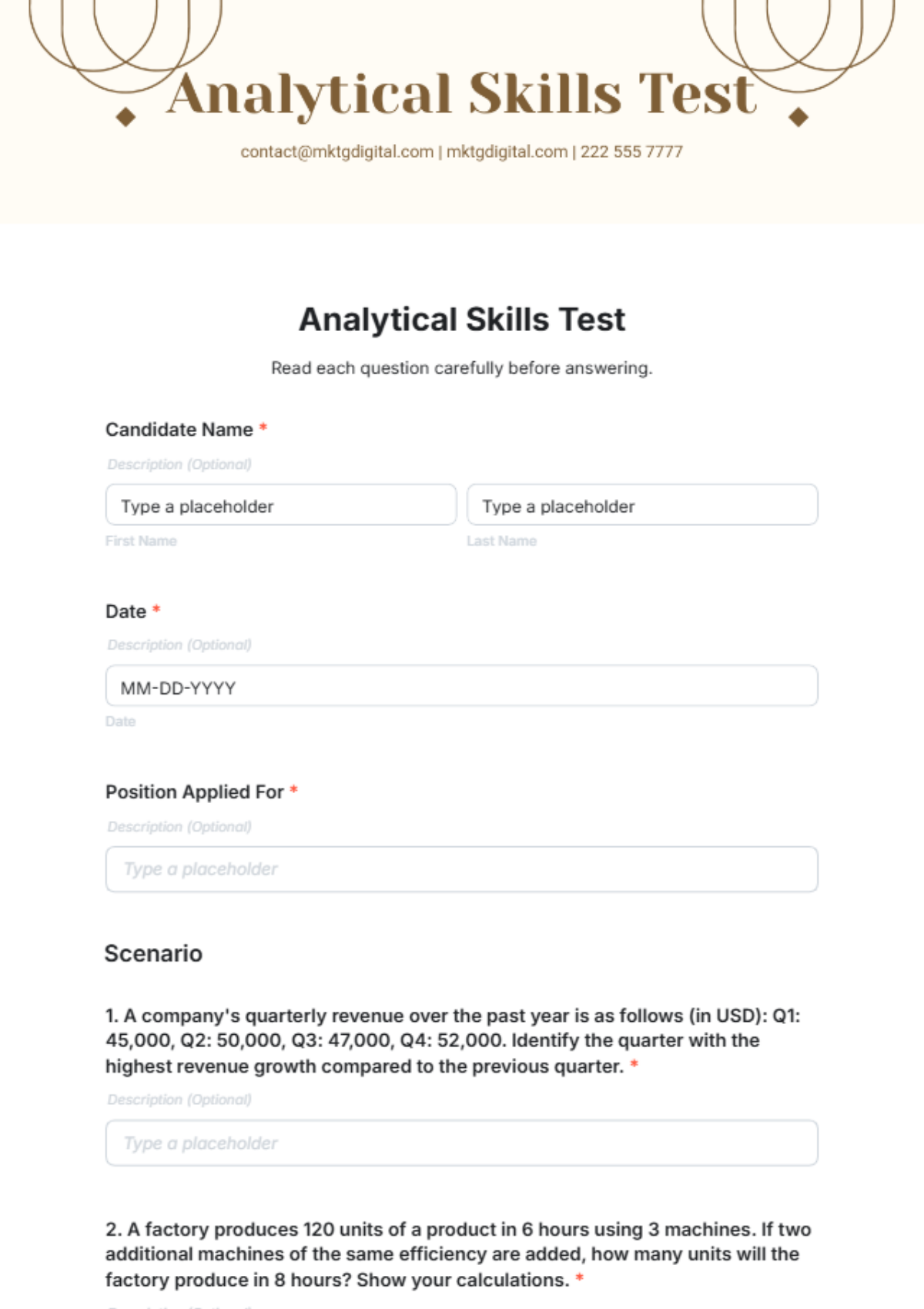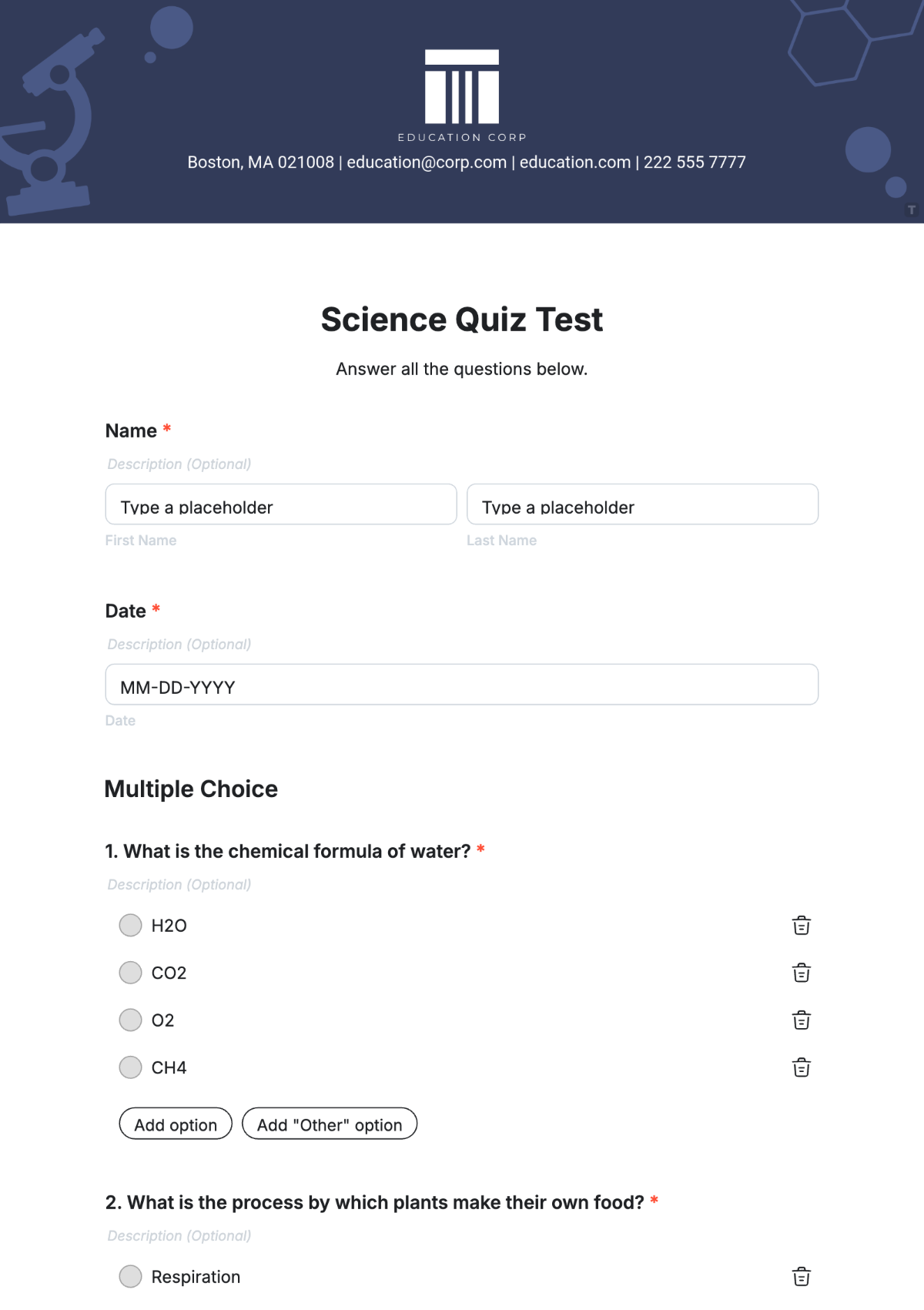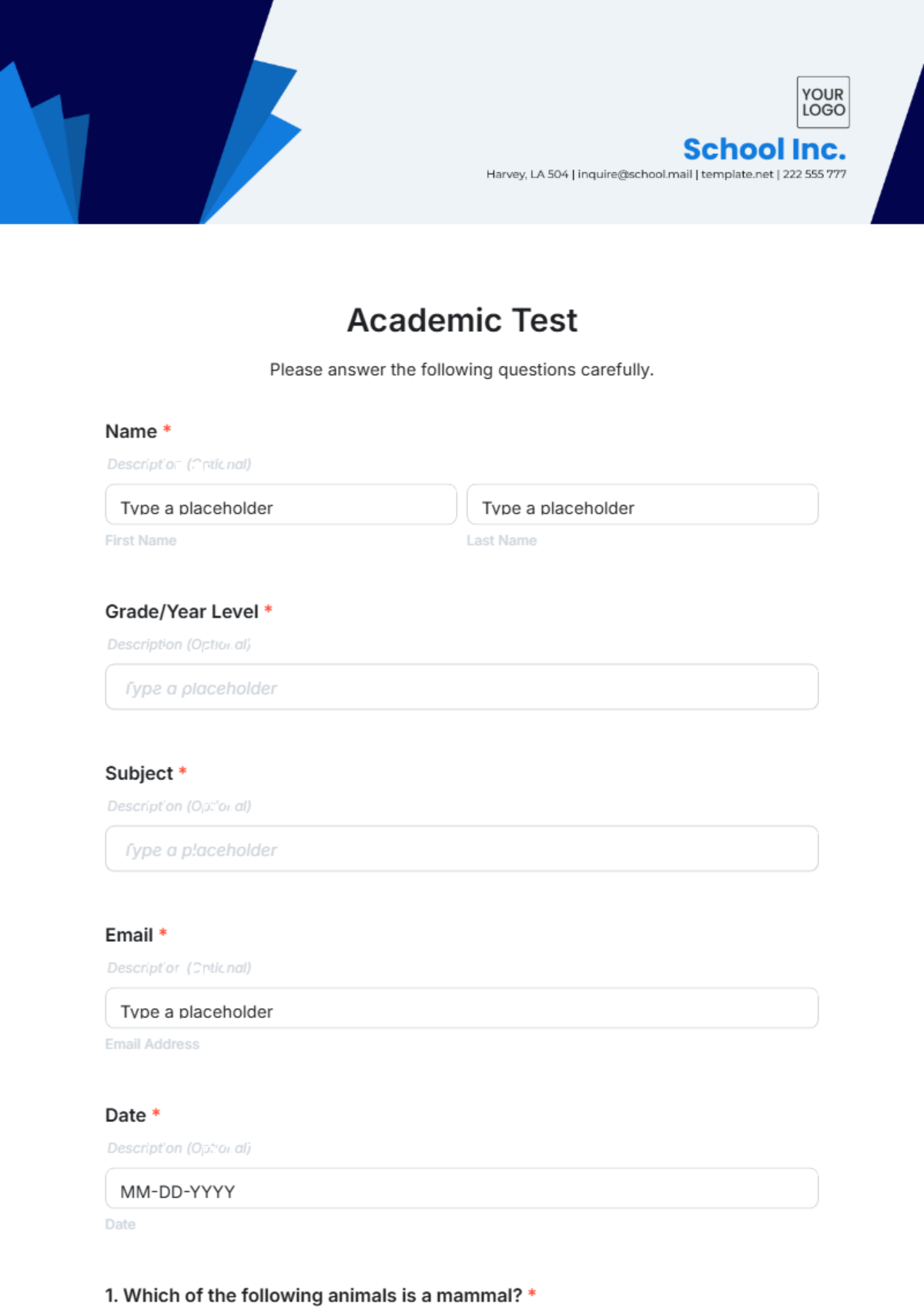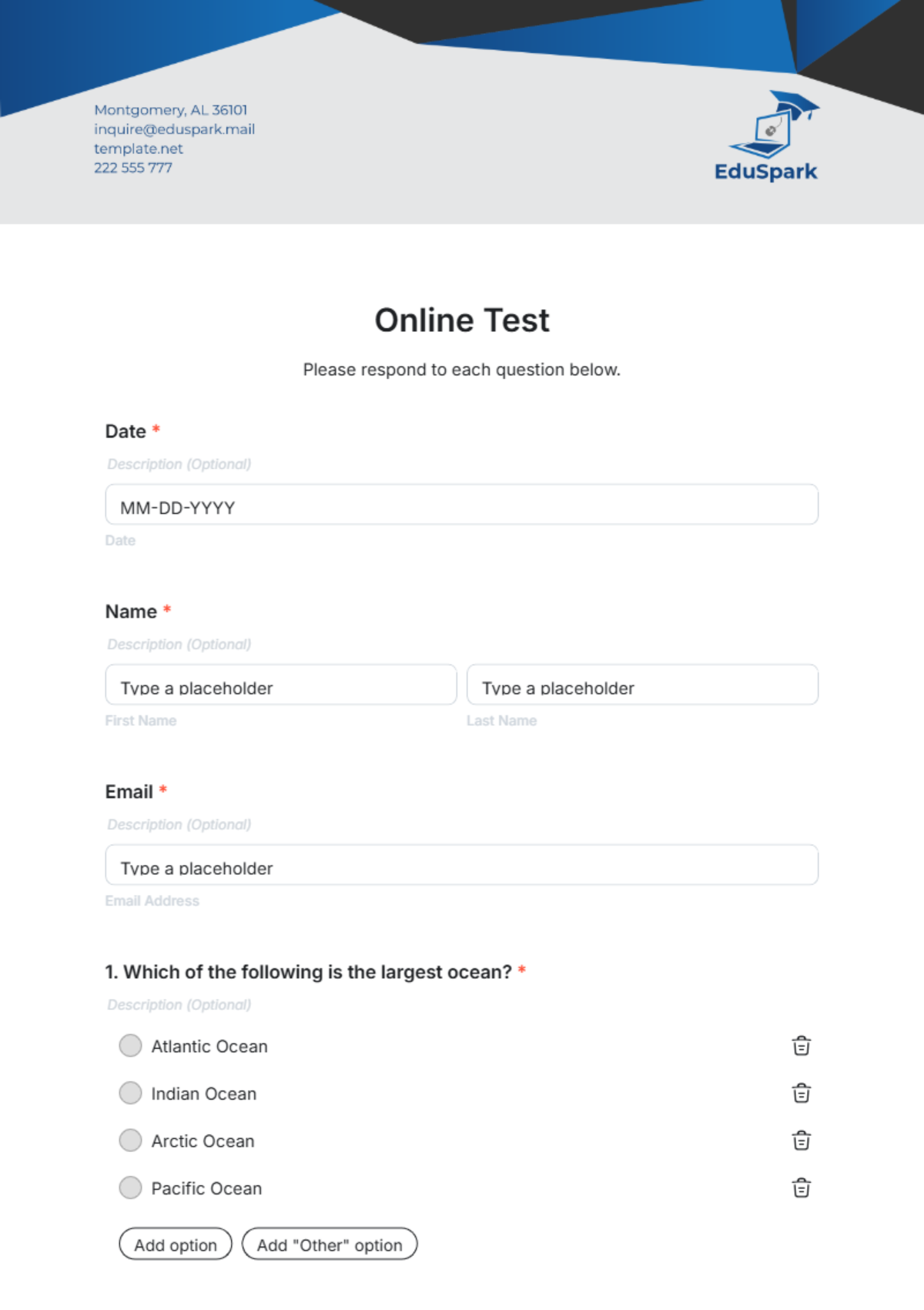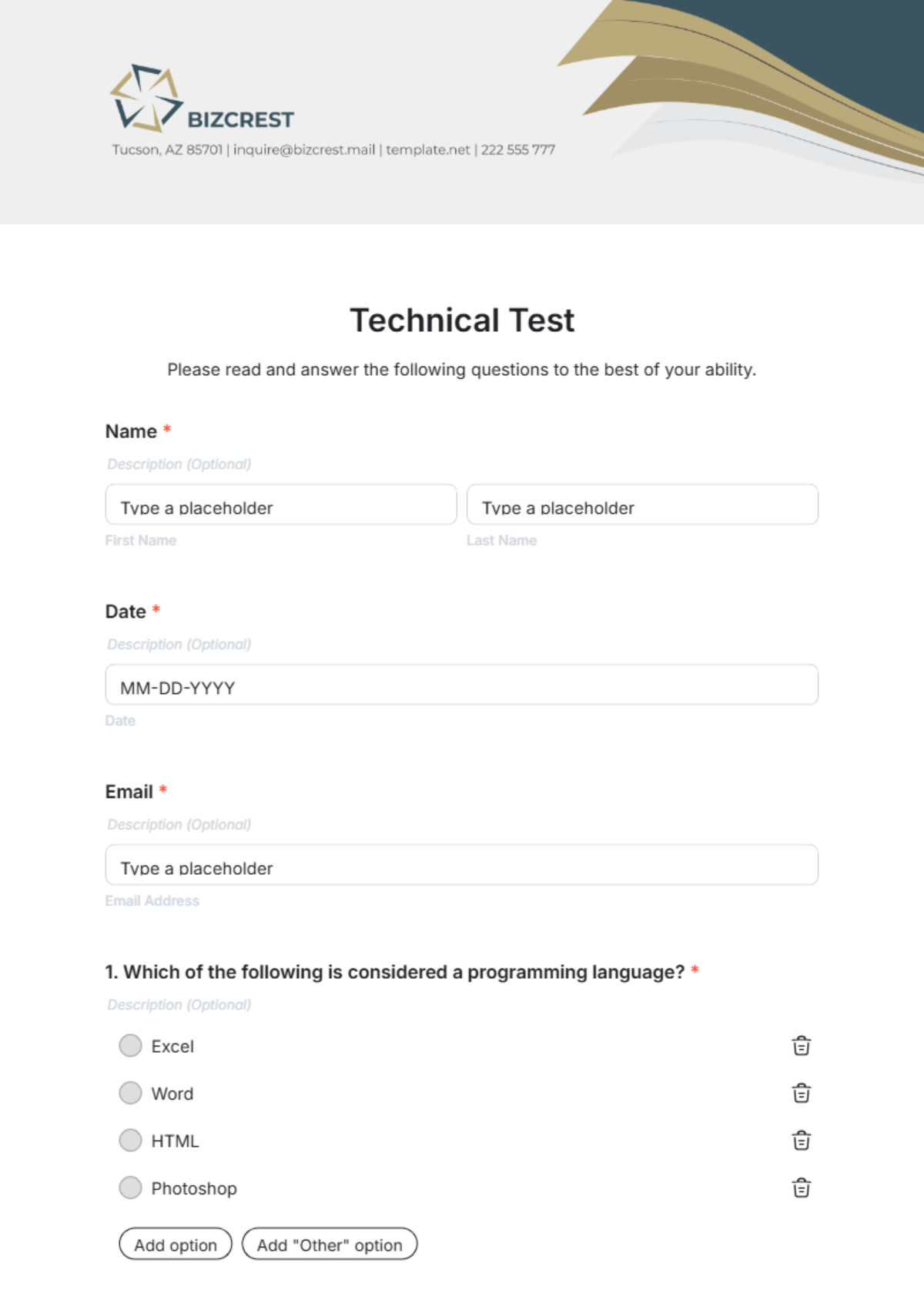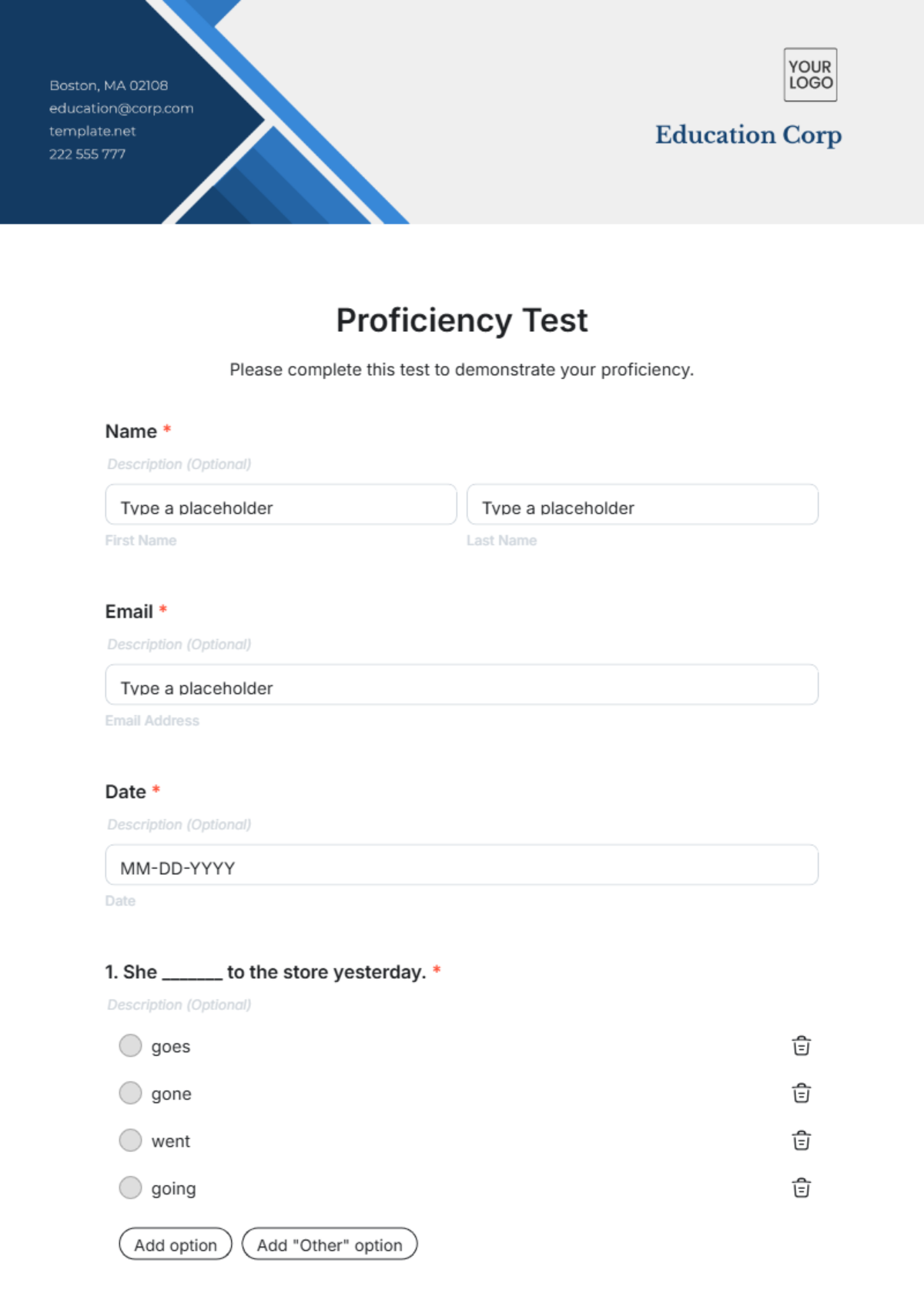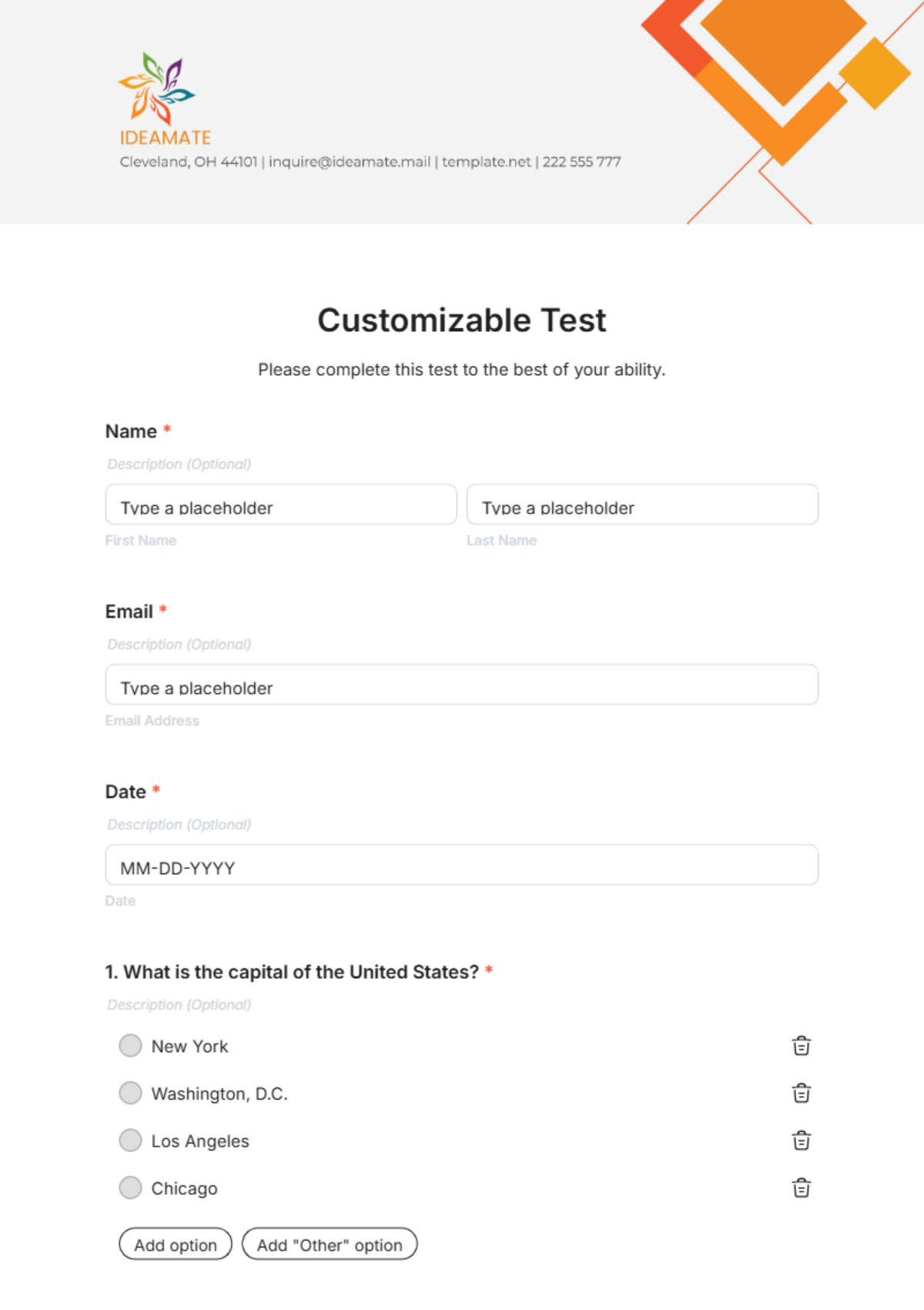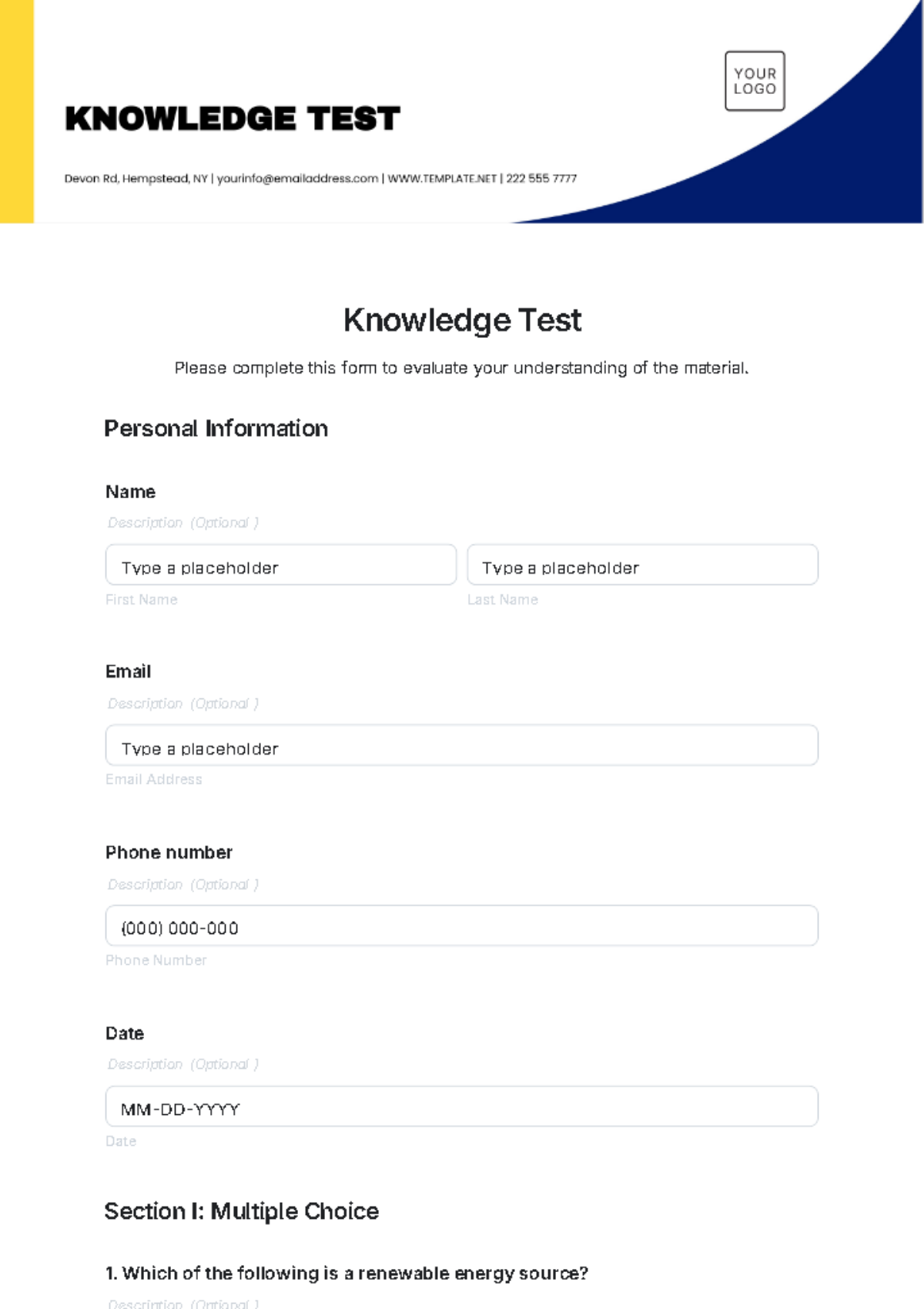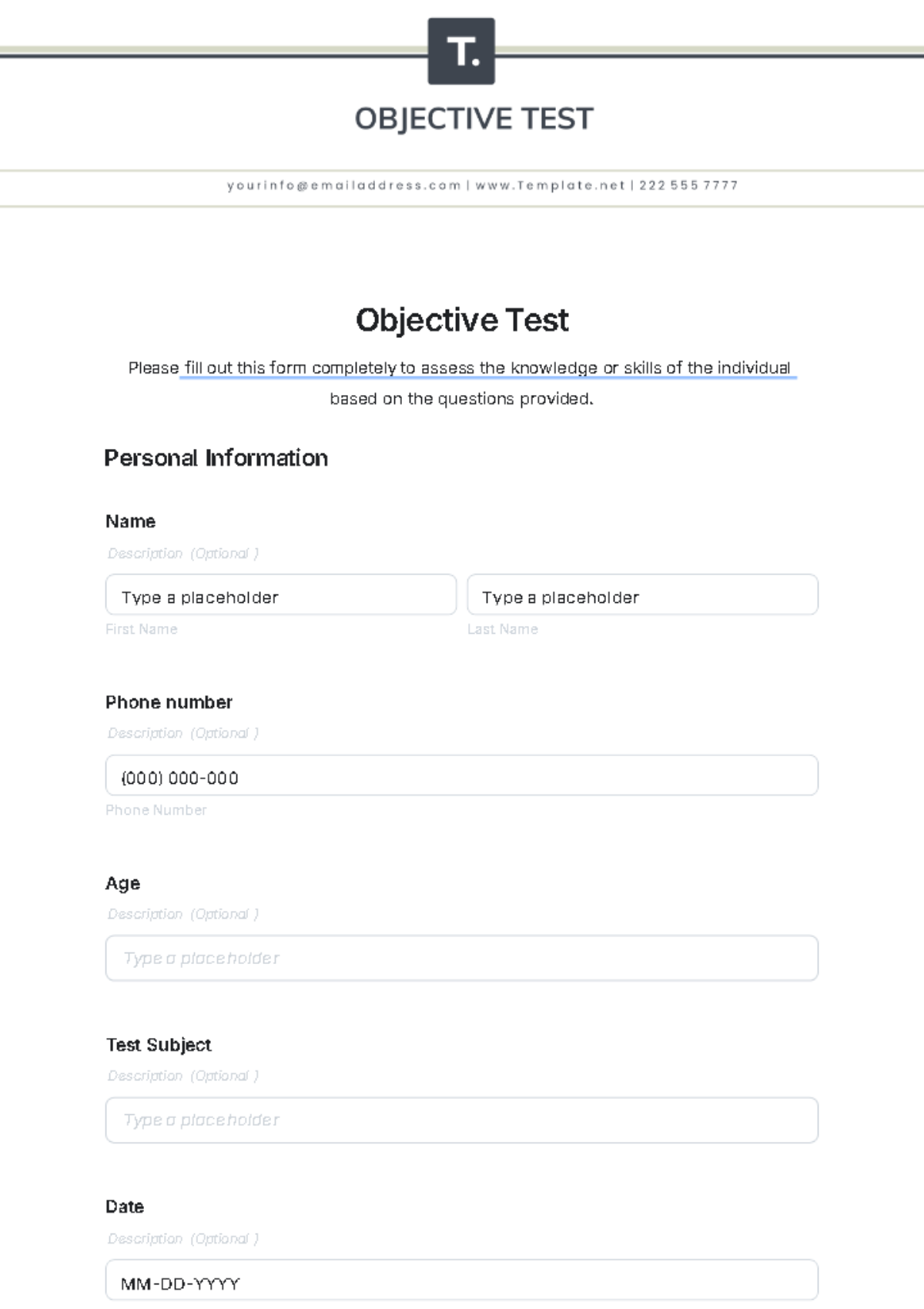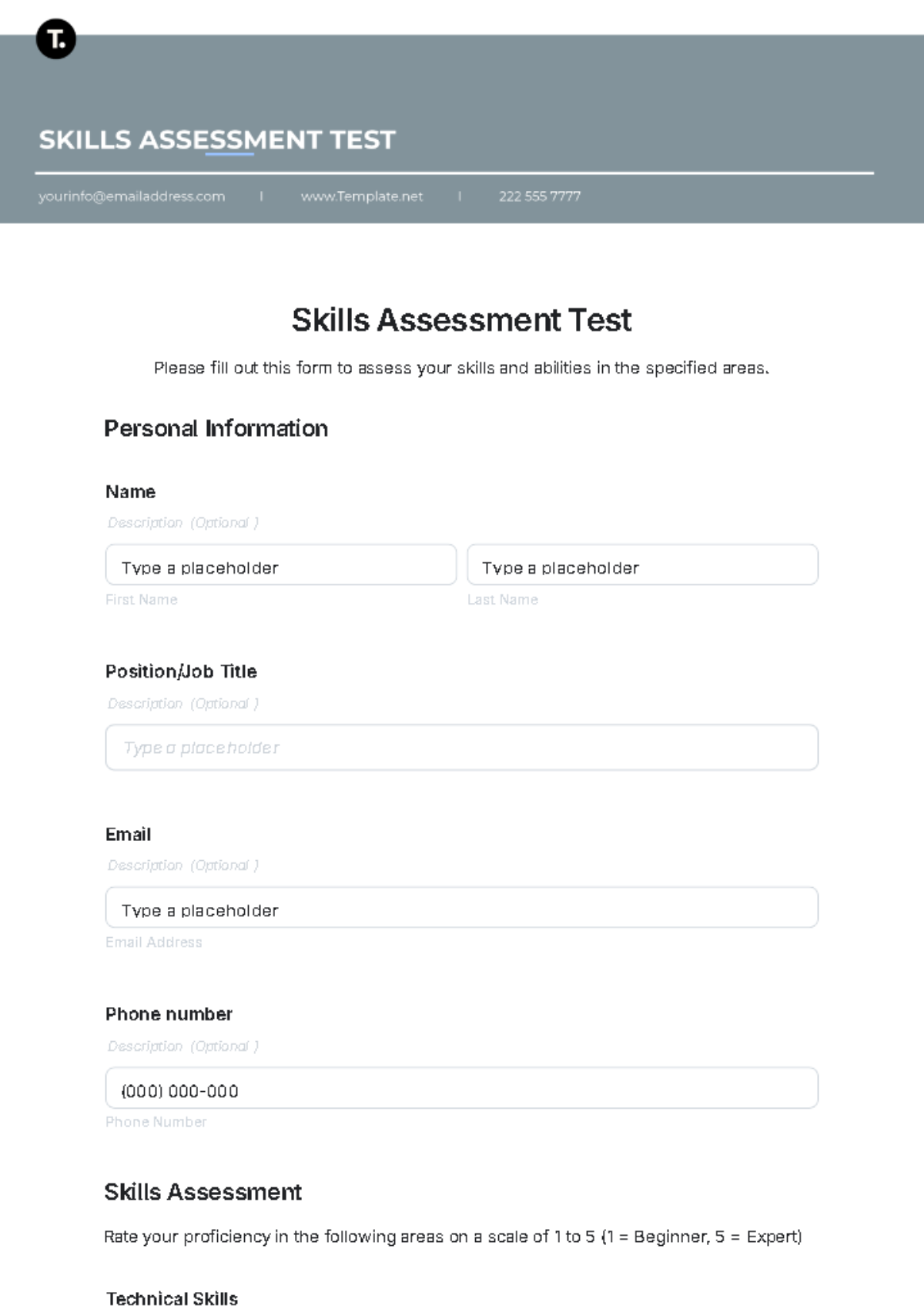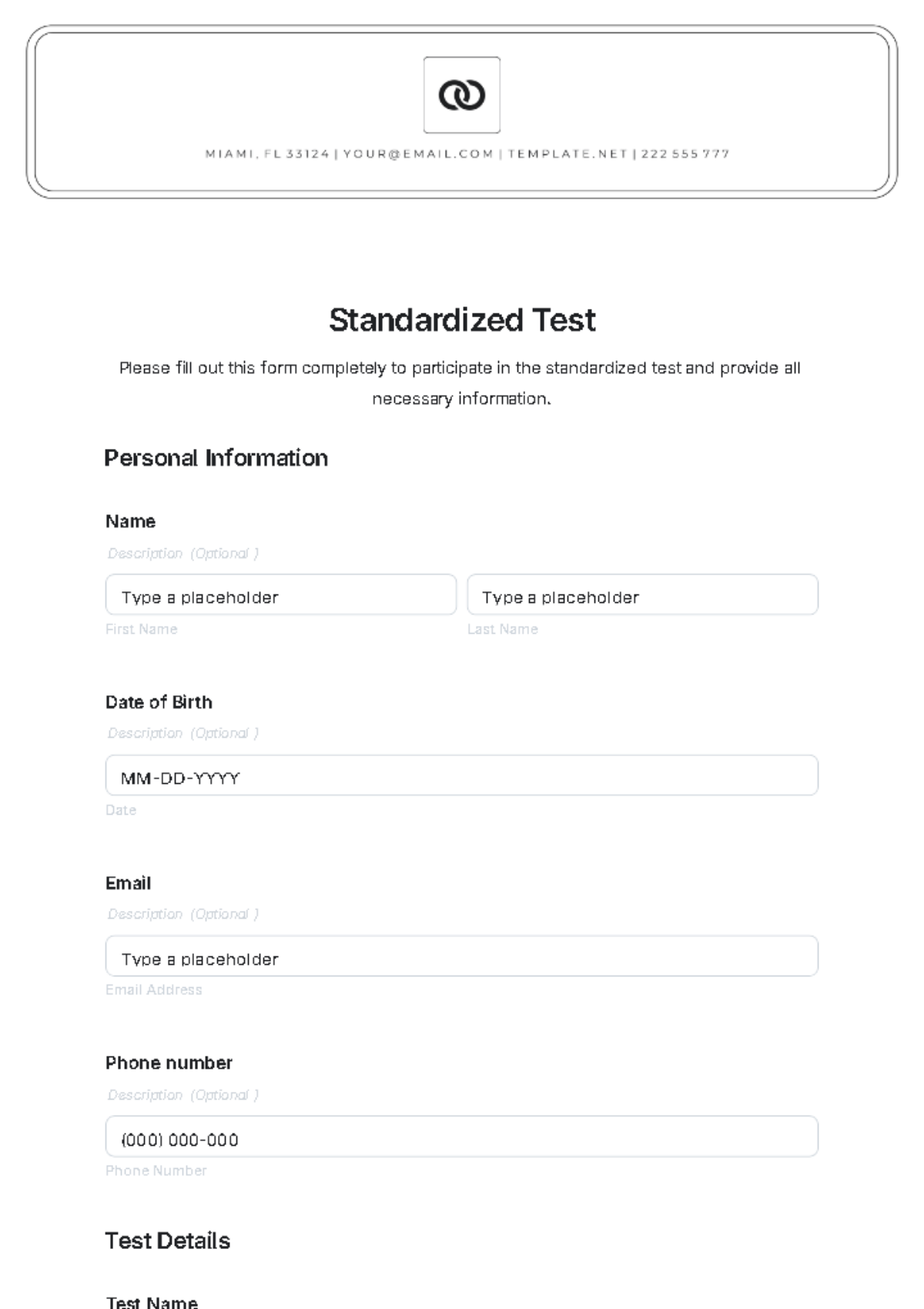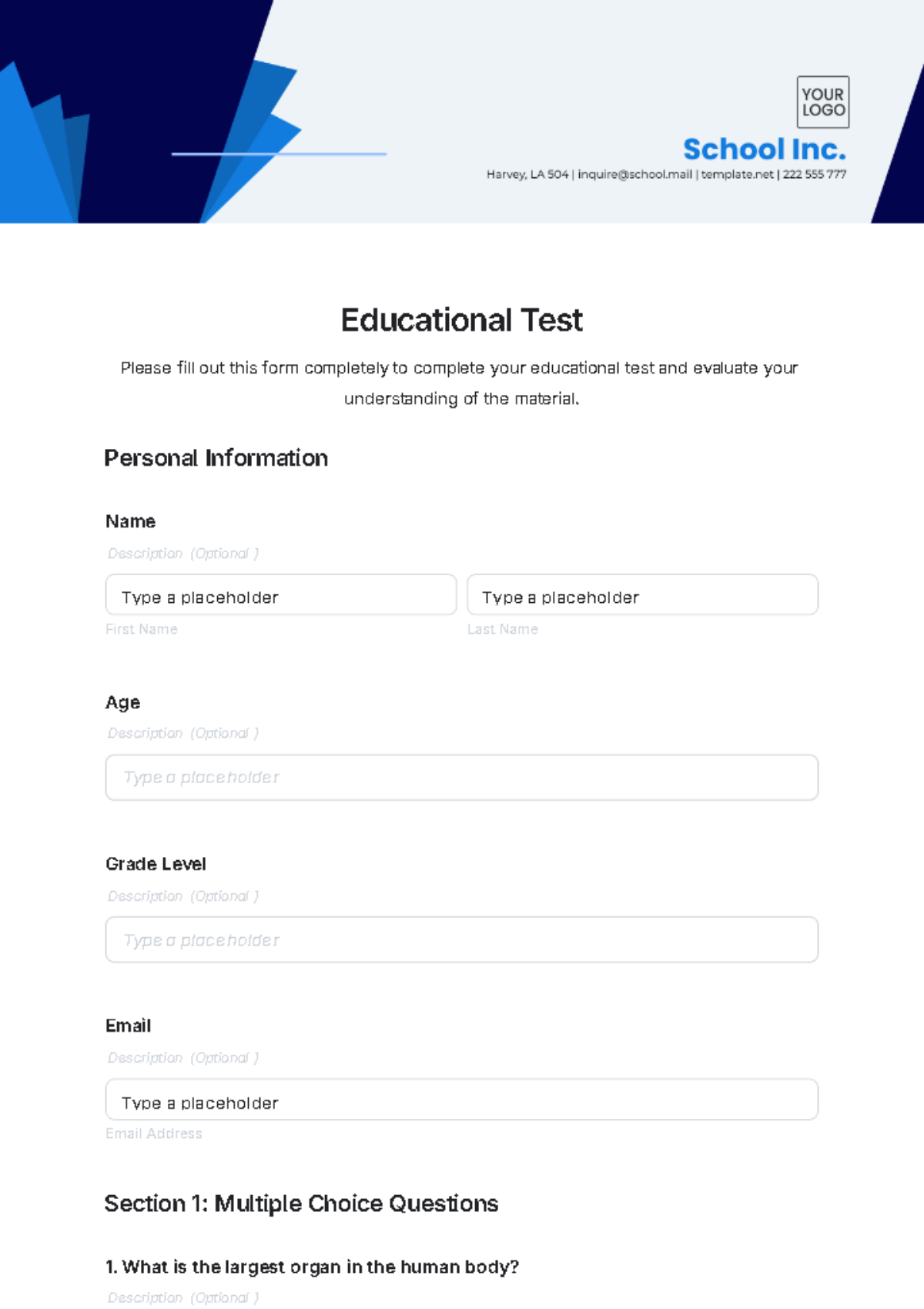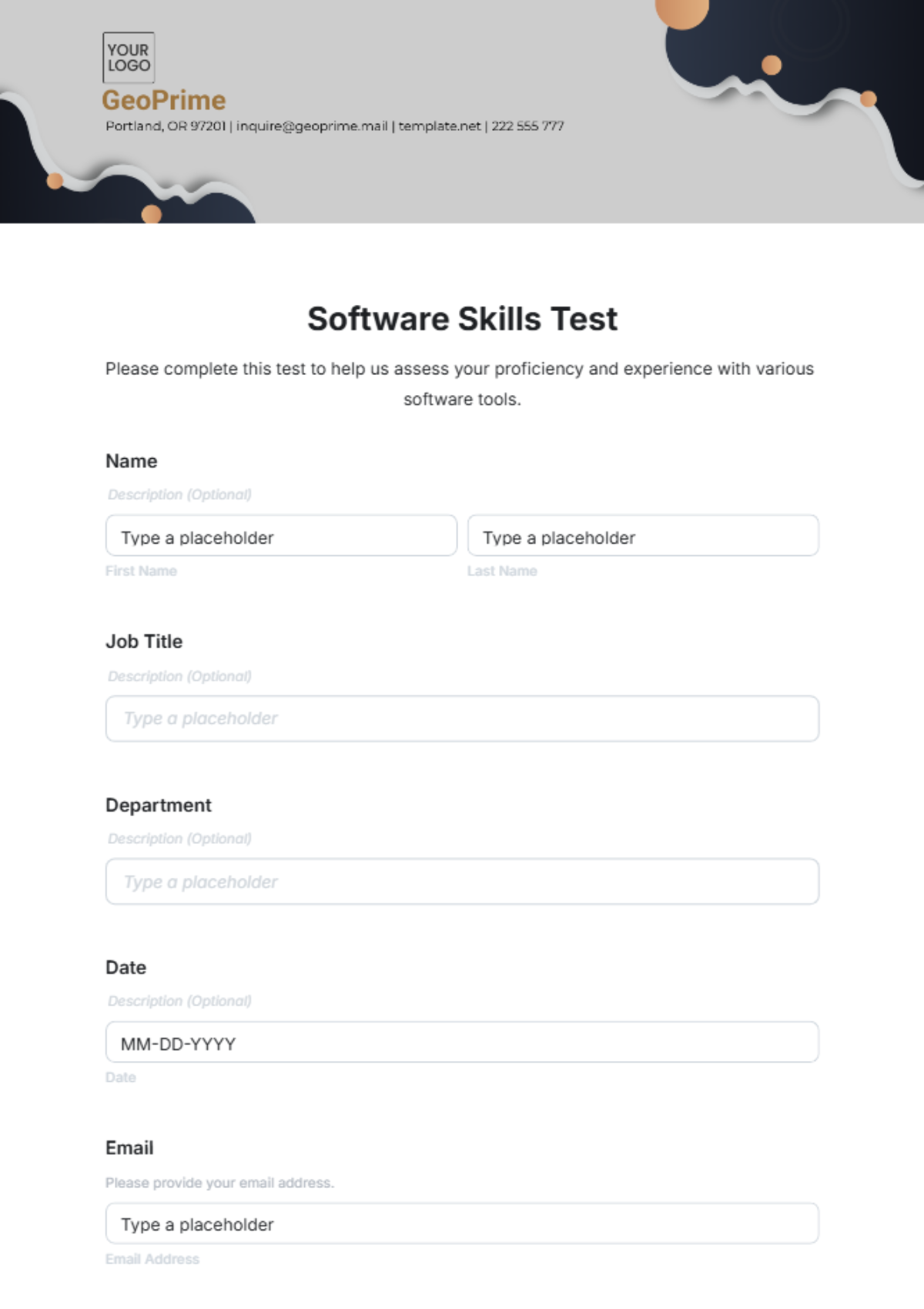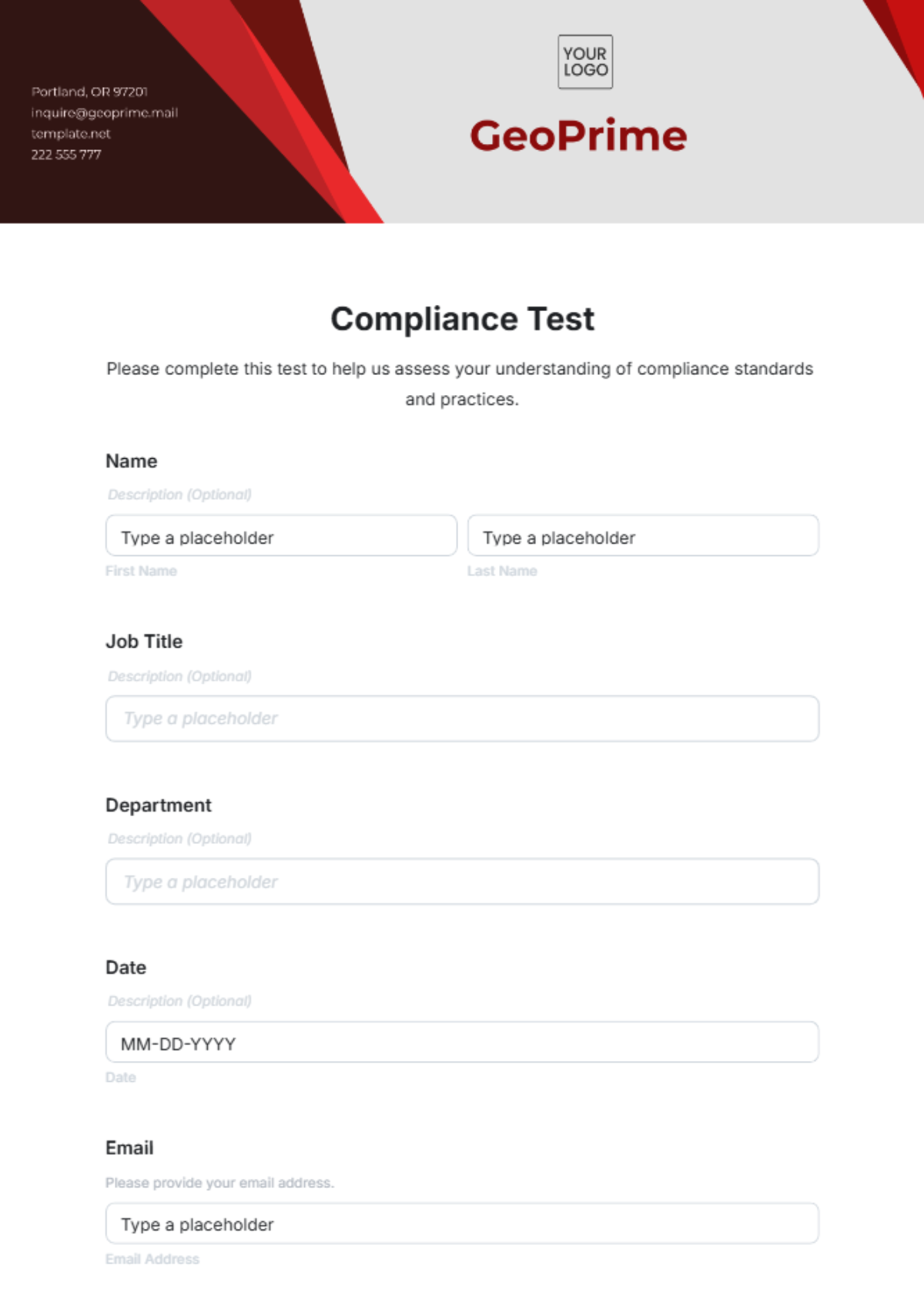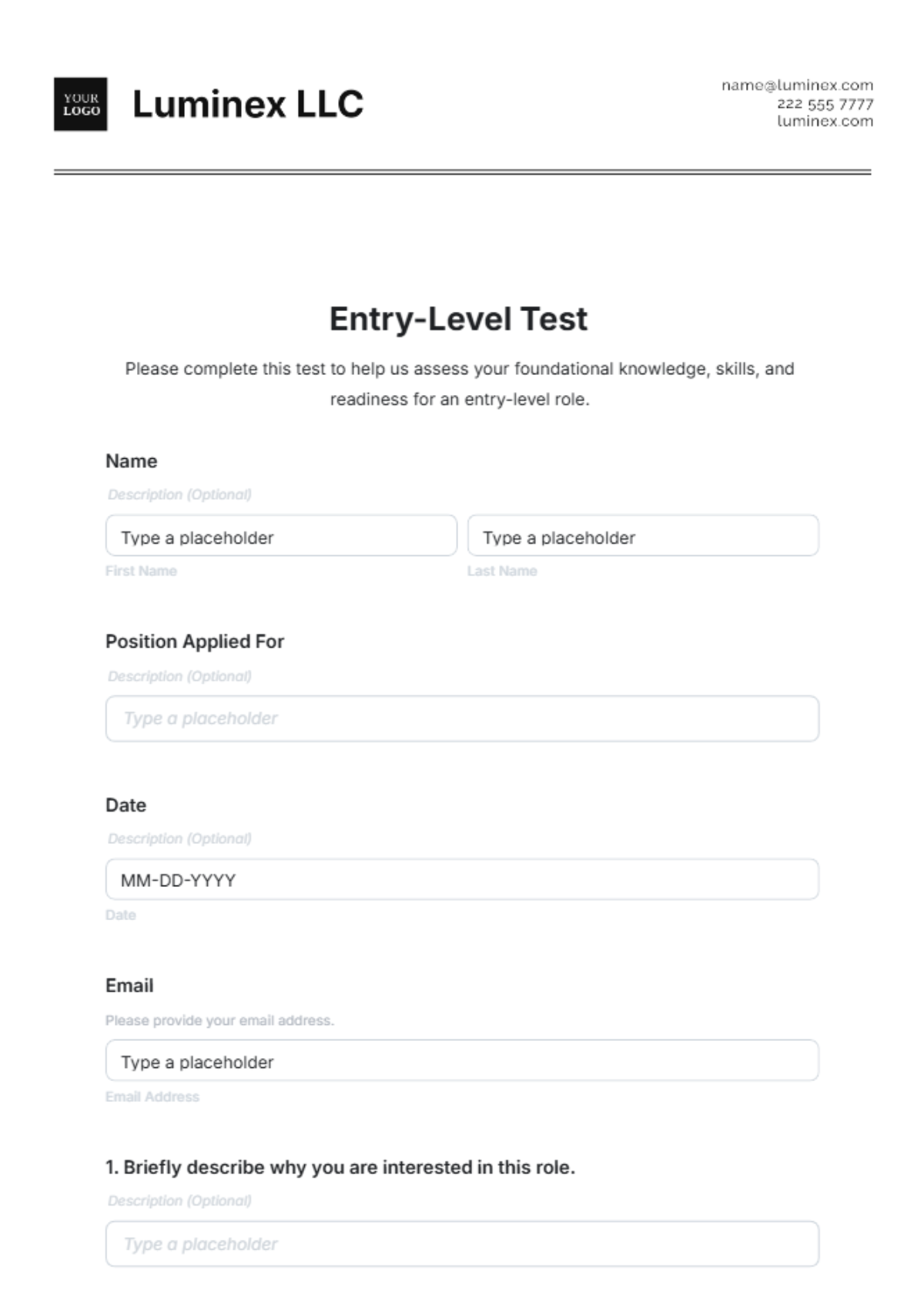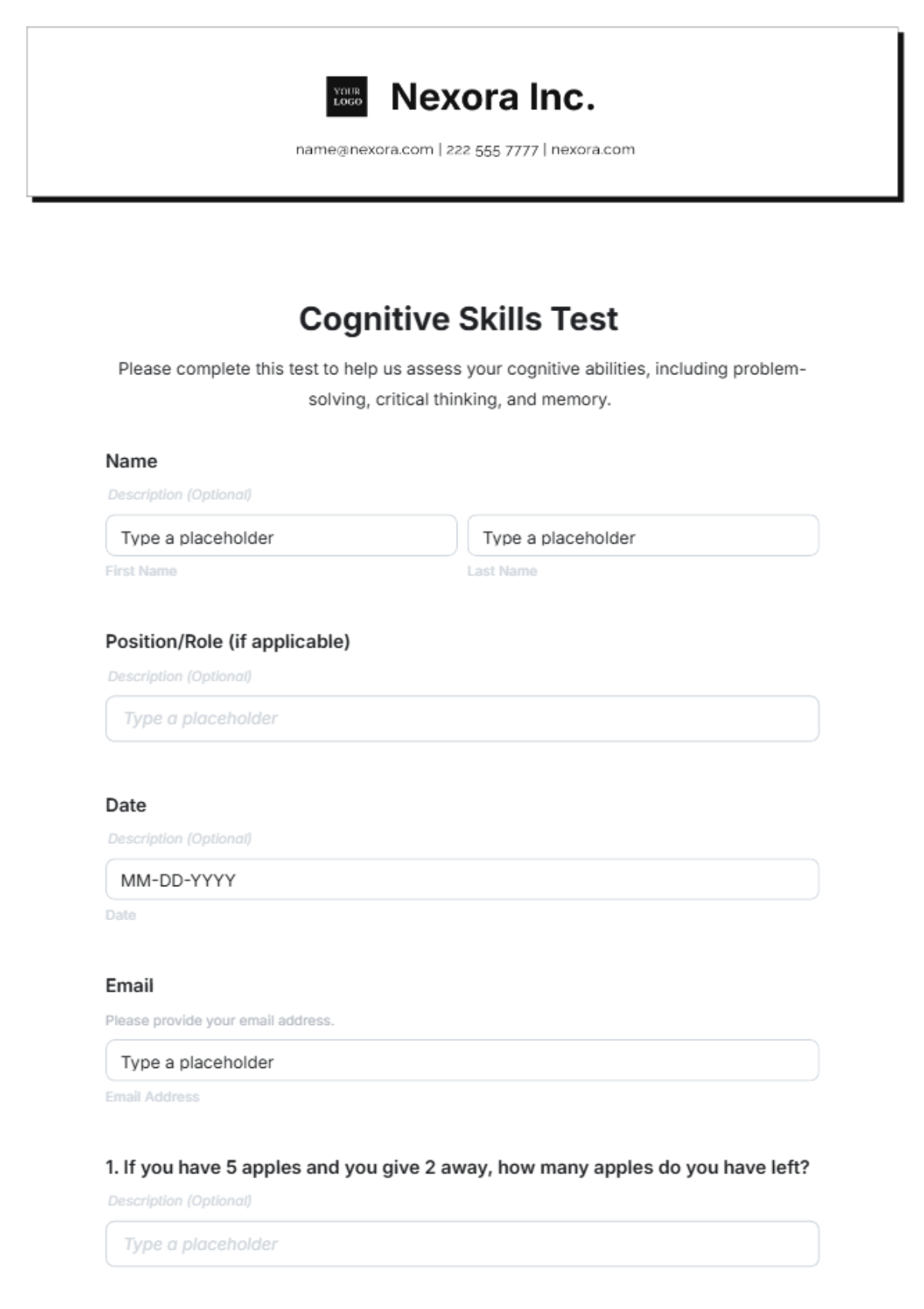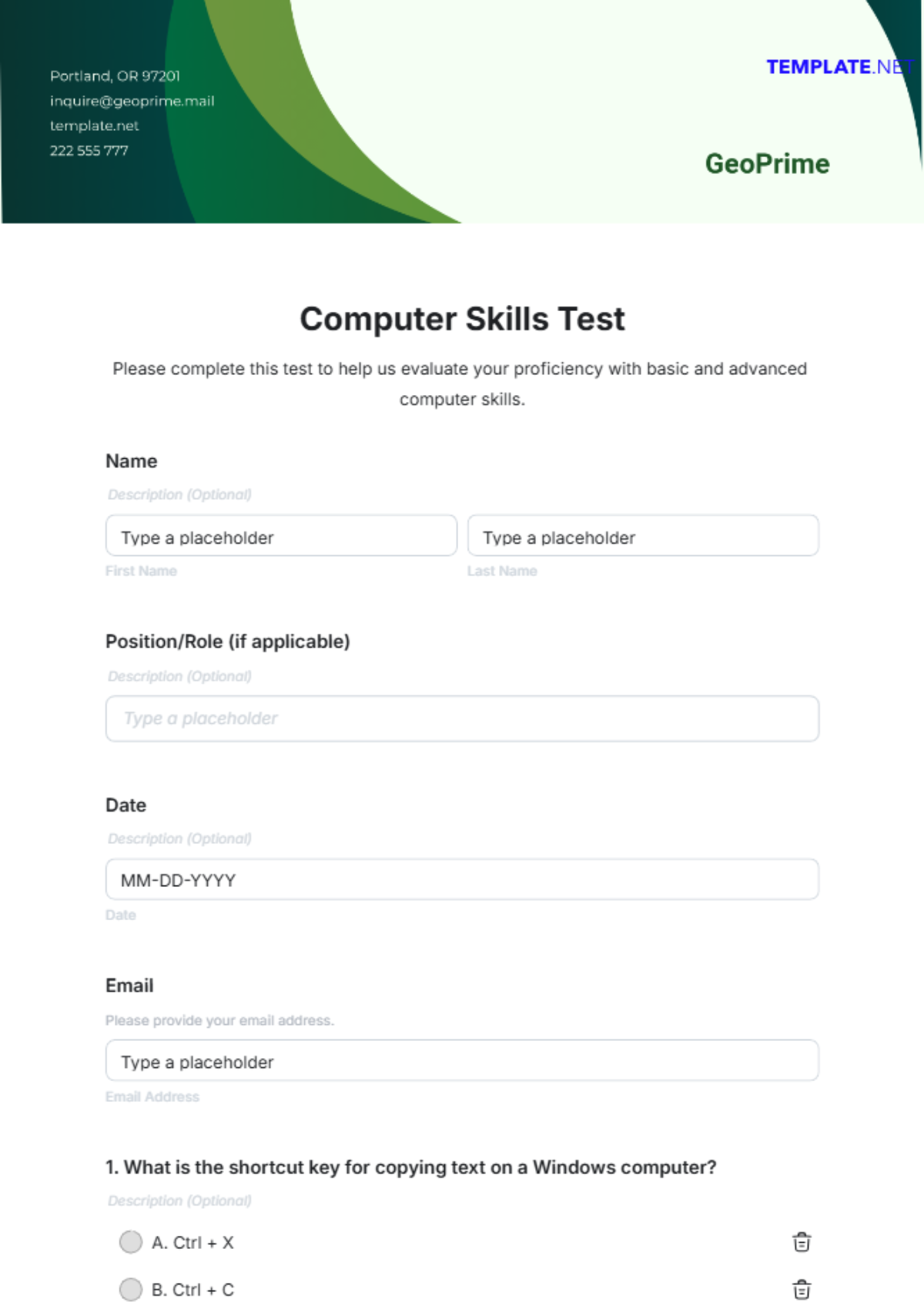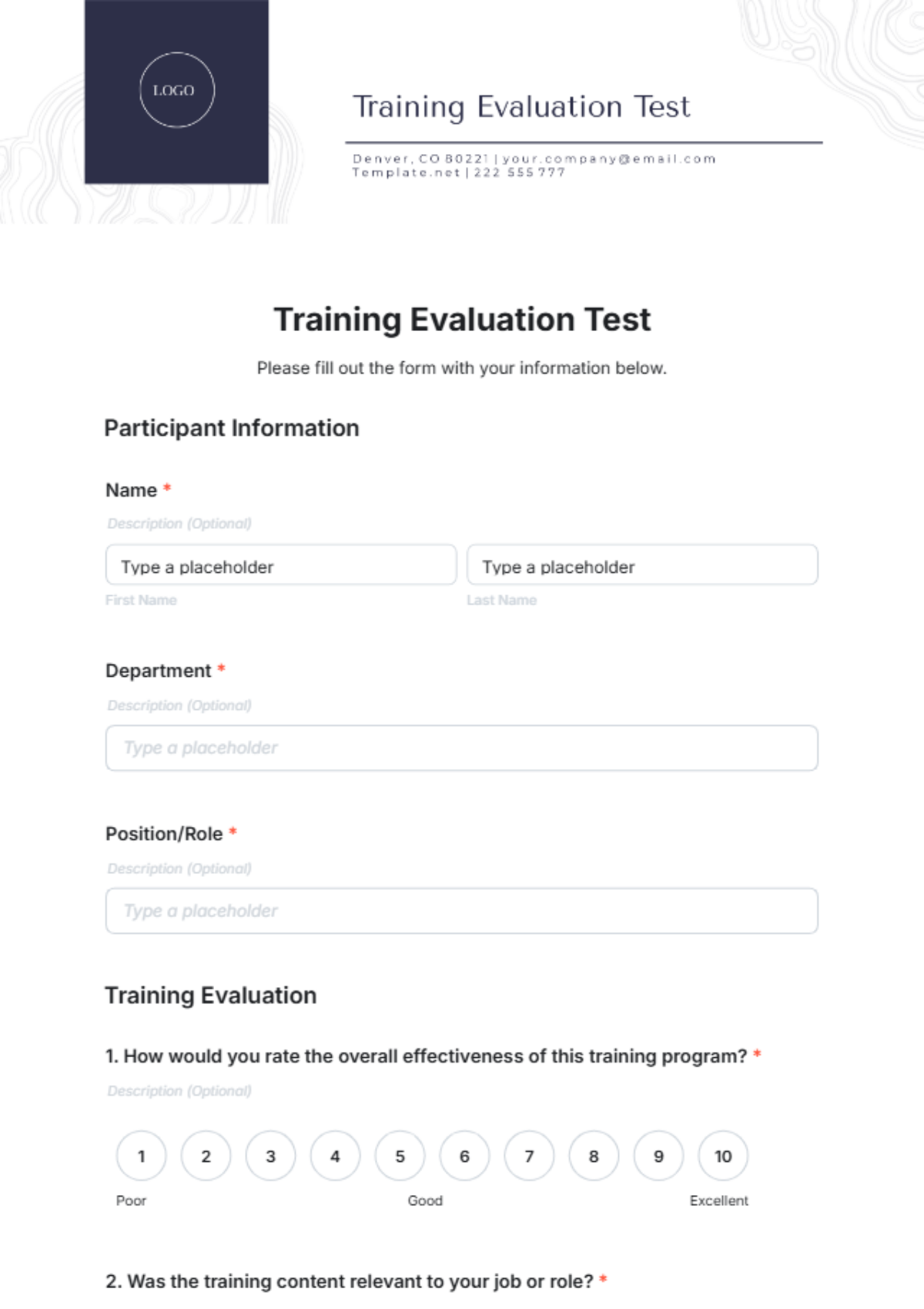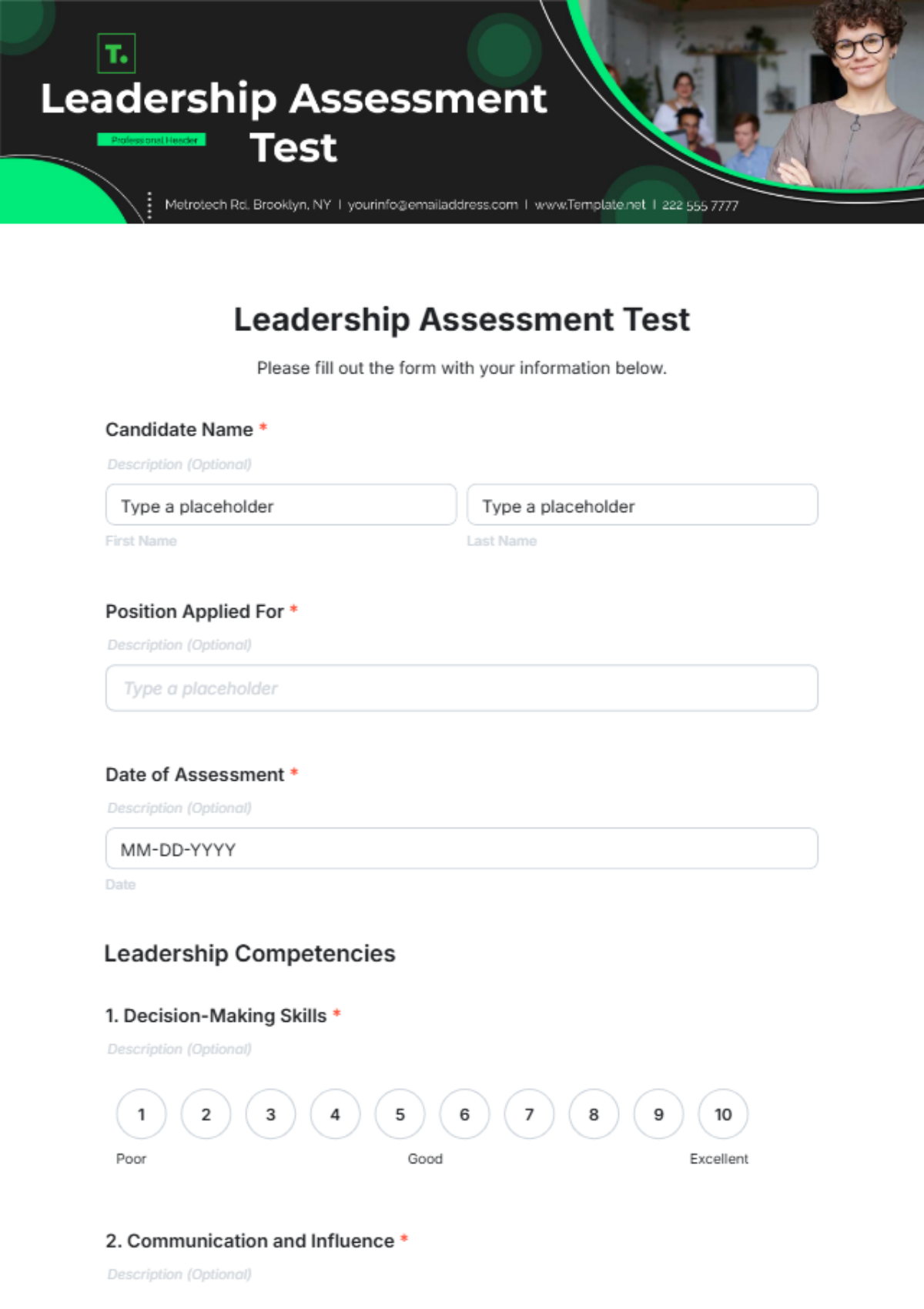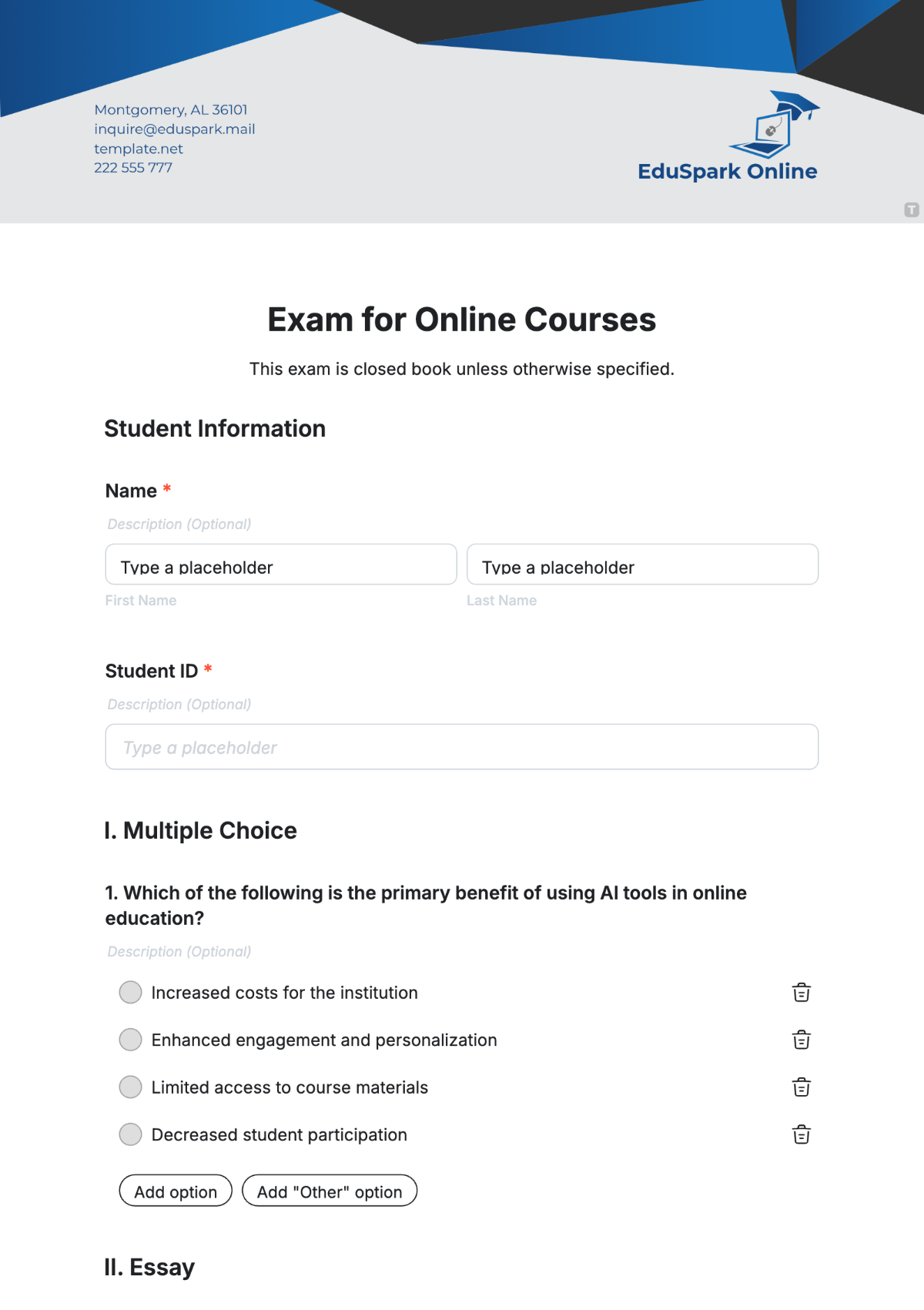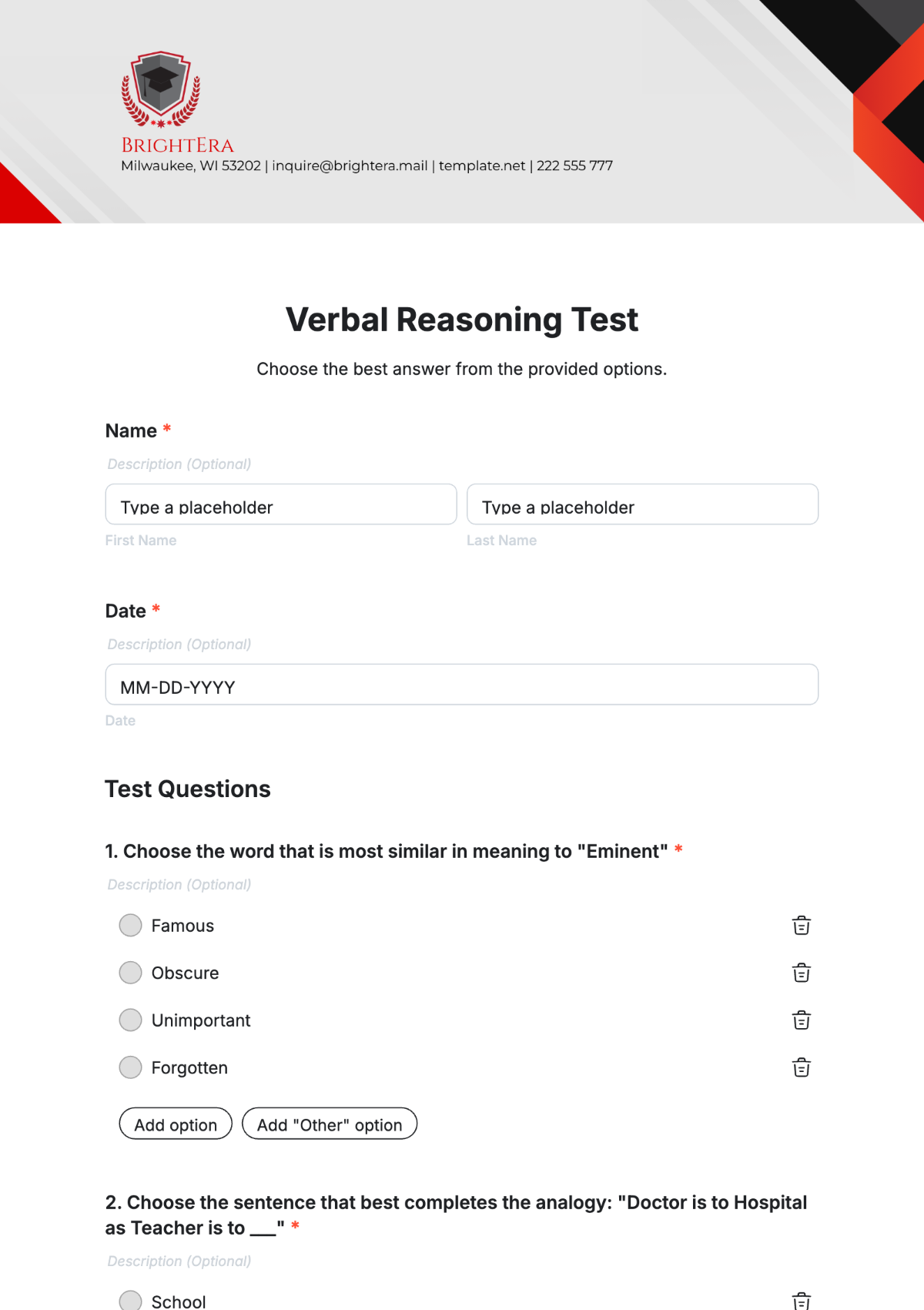Printable QA Test Plan
Prepared by: | [Your Name] |
Company: | [Your Company Name] |
Department: | [Your Department] |
Date: | [Date] |
1. Introduction
This QA Test Plan outlines the strategies, objectives, and processes involved in ensuring the quality and functionality of the product. It serves as a guideline for testing activities to minimize risks and deliver a high-quality product that meets customer and business expectations.
1.1. Purpose
The purpose of this plan is to define the testing approach, scope, resources, timeline, and deliverables for the QA phase of the project. It ensures alignment among stakeholders, team members, and QA professionals on the testing goals and methodology.
1.2. Scope
This plan encompasses all testing activities, including:
Functional Testing
Regression Testing
Integration Testing
System Testing
Acceptance Testing
These activities will ensure the product’s reliability, security, and compliance with specified requirements.
2. Test Objectives
The primary objectives of this test plan are to:
Validate the functionality, performance, usability, and security of the product.
Identify and document defects for resolution.
Ensure the product aligns with end-user requirements and business objectives.
Provide assurance of product stability and readiness for deployment.
3. Test Strategy
The test strategy defines the approach to testing, detailing the levels and types of testing to be performed.
3.1. Levels of Testing
Unit Testing:
Performed by developers to validate individual components.
Ensures each unit functions as expected.
Integration Testing:
Validates the interaction between integrated components.
Detects issues arising from component dependencies.
System Testing:
End-to-end testing of the entire system against specified requirements.
Ensures overall functionality and performance.
Acceptance Testing:
Confirms the product meets acceptance criteria defined by stakeholders.
Acts as the final checkpoint before release.
3.2. Test Types
The following test types will ensure comprehensive coverage:
Functional Testing: Verifies that features work as intended.
Performance Testing: Evaluates performance under different loads.
Usability Testing: Ensures product usability and guideline compliance.
Security Testing: Identifies vulnerabilities and ensures data protection.
4. Resources
The QA process will involve the following roles and responsibilities:
QA Lead: Manages QA, meets deadlines, and coordinates with stakeholders.
Test Engineers: Develop and execute test cases, identify defects, and validate fixes.
Subject Matter Experts (SMEs): Provide domain expertise and support in defining test scenarios.
5. Schedule
The testing phases are scheduled as follows:
Phase | Start Date | End Date |
|---|---|---|
Test Planning | MM/DD/YYYY | MM/DD/YYYY |
Test Design | MM/DD/YYYY | MM/DD/YYYY |
Test Execution | MM/DD/YYYY | MM/DD/YYYY |
Test Closure | MM/DD/YYYY | MM/DD/YYYY |
Detailed timelines will be provided once project requirements and scope are finalized.
6. Risk Management
Potential risks and their mitigation strategies include:
Resource Availability:
Risk: Unavailability of key team members.
Mitigation: Cross-training and backup resource allocation.
Technical Challenges:
Risk: Issues with test environments or tools.
Mitigation: Regular monitoring, pre-testing setup validation, and contingency planning.
Unforeseen Schedule Changes:
Risk: Delays due to scope changes or dependency issues.
Mitigation: Continuous communication with stakeholders and adaptive scheduling.
7. Deliverables
The QA process will produce the following deliverables:
Test Plan Document: A document detailing the testing strategy and scope.
Test Cases: Comprehensive test scenarios for all requirements.
Test Reports: Test case results summary with defect metrics.
Defect Logs: A record of identified defects, categorized by severity and status.
8. Conclusion
This QA Test Plan provides a structured and detailed framework to guide testing activities, ensuring the delivery of a reliable and high-quality product. By addressing all key aspects of testing, this plan aims to mitigate risks, meet quality standards, and assure alignment with end-user expectations and business objectives.
